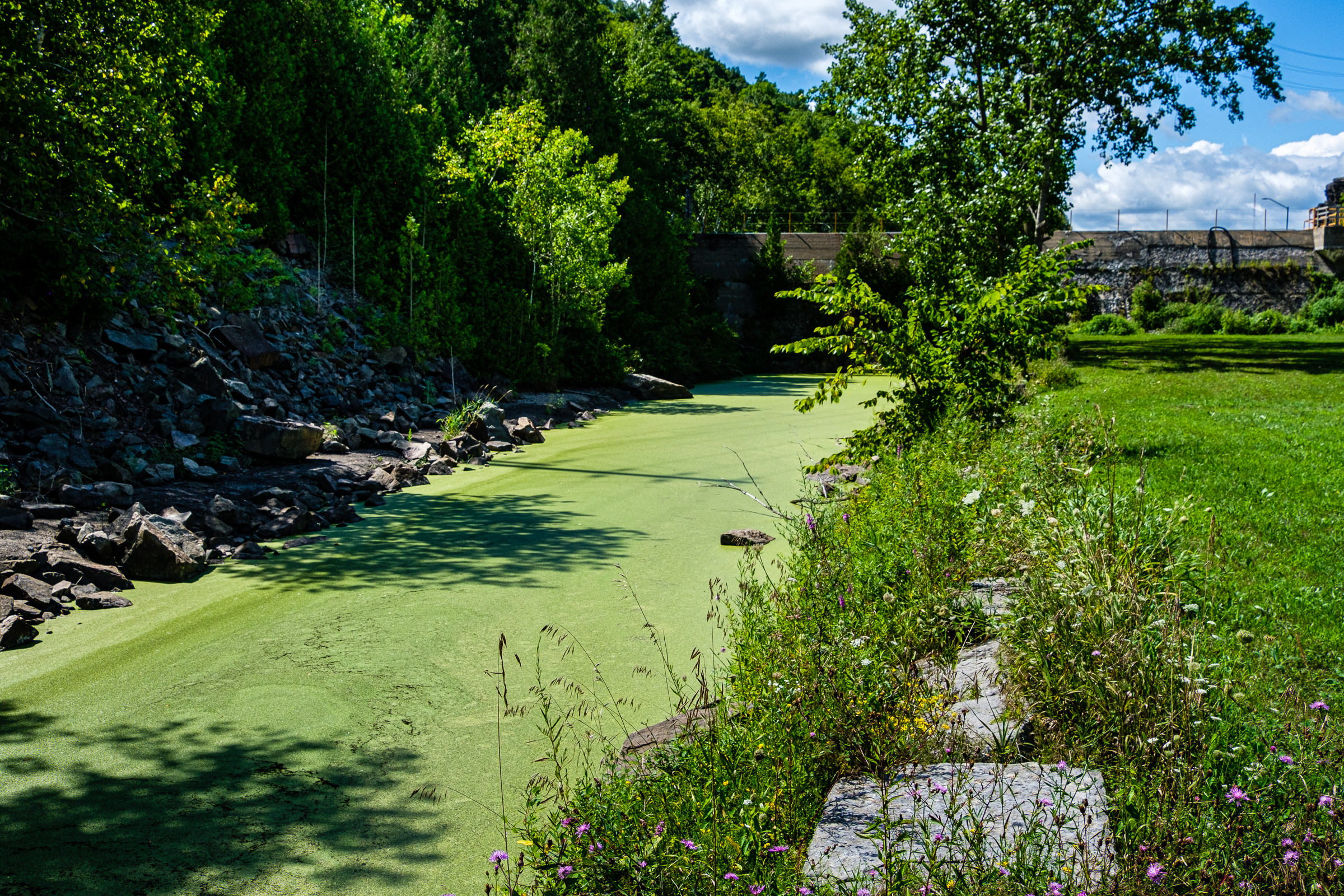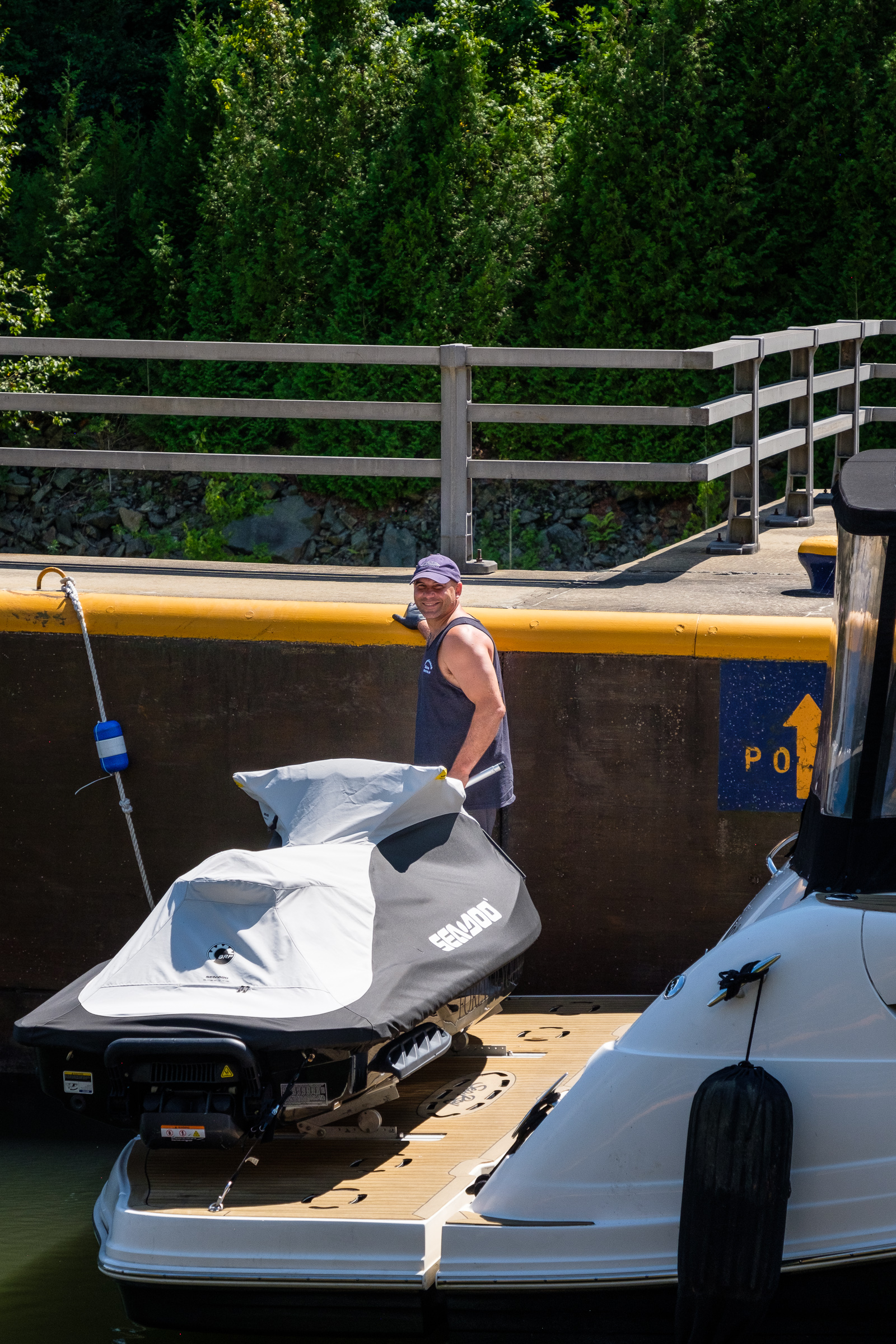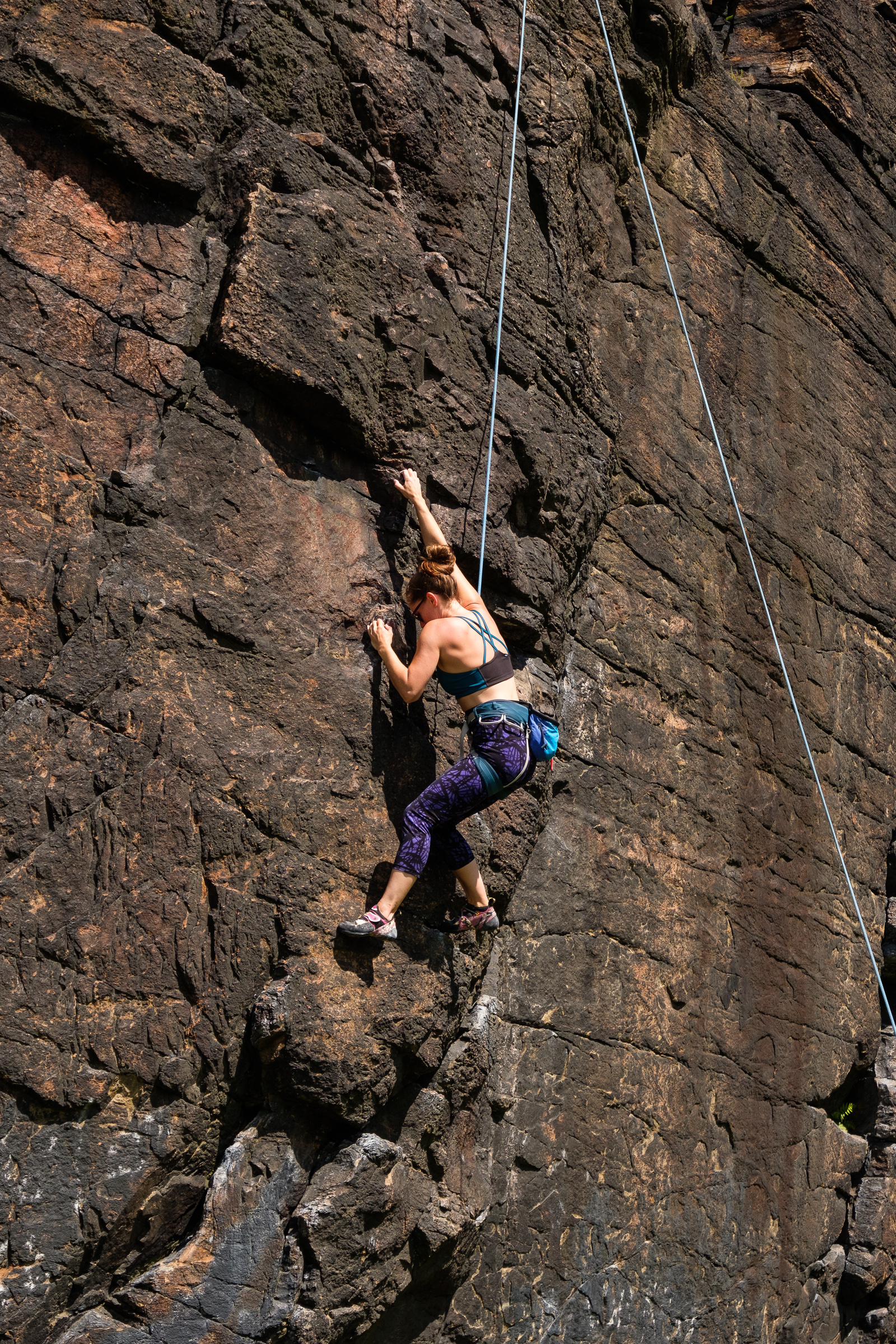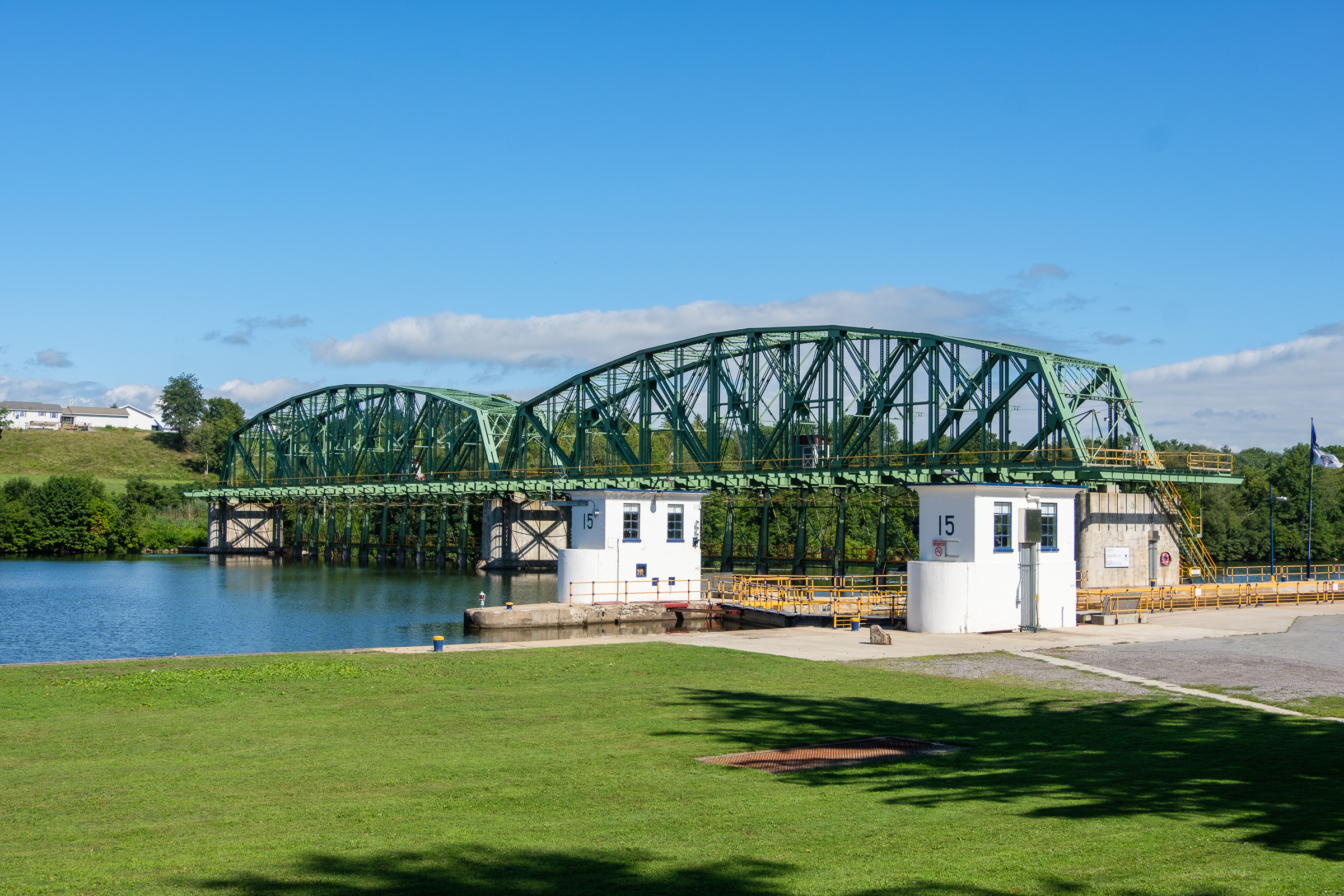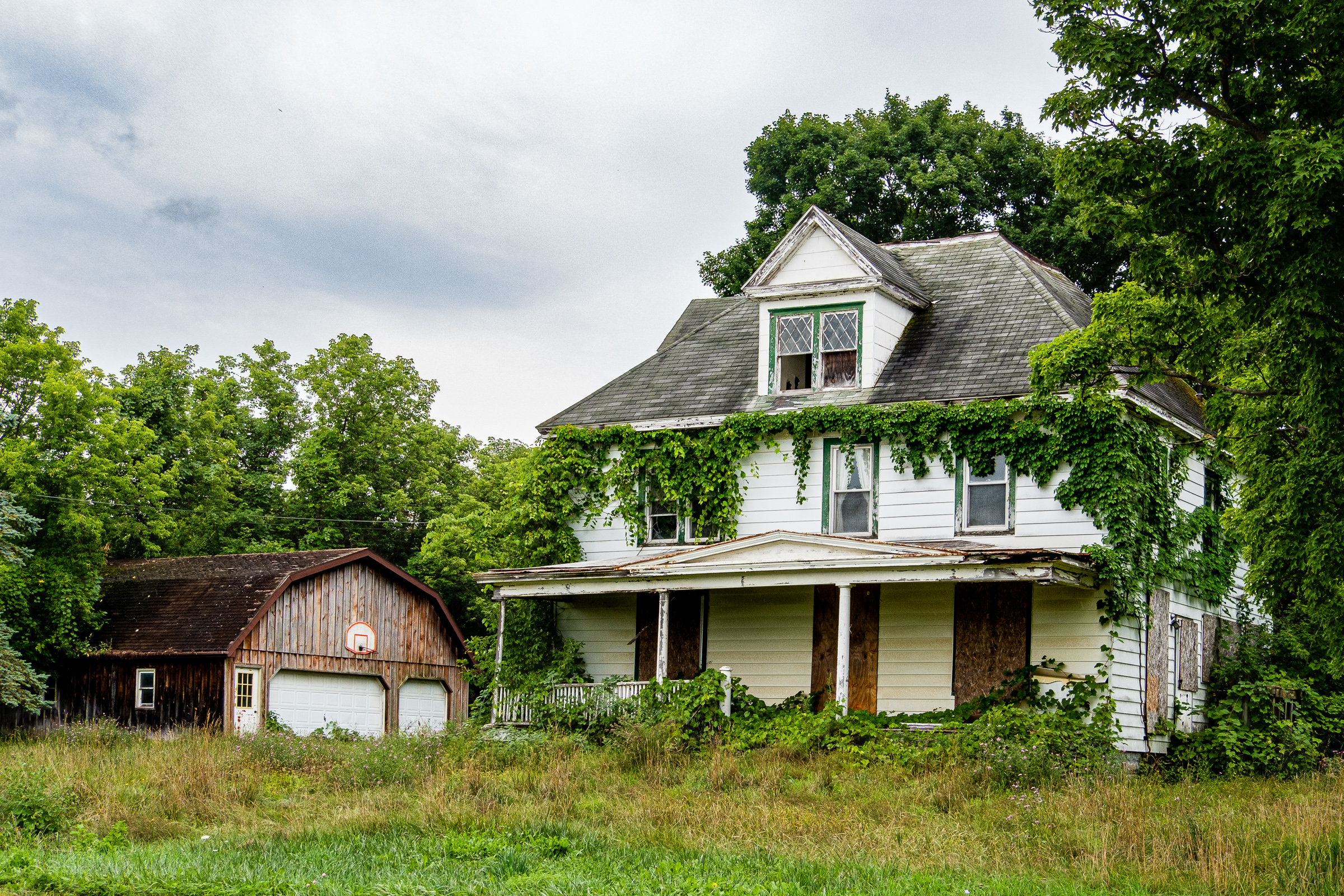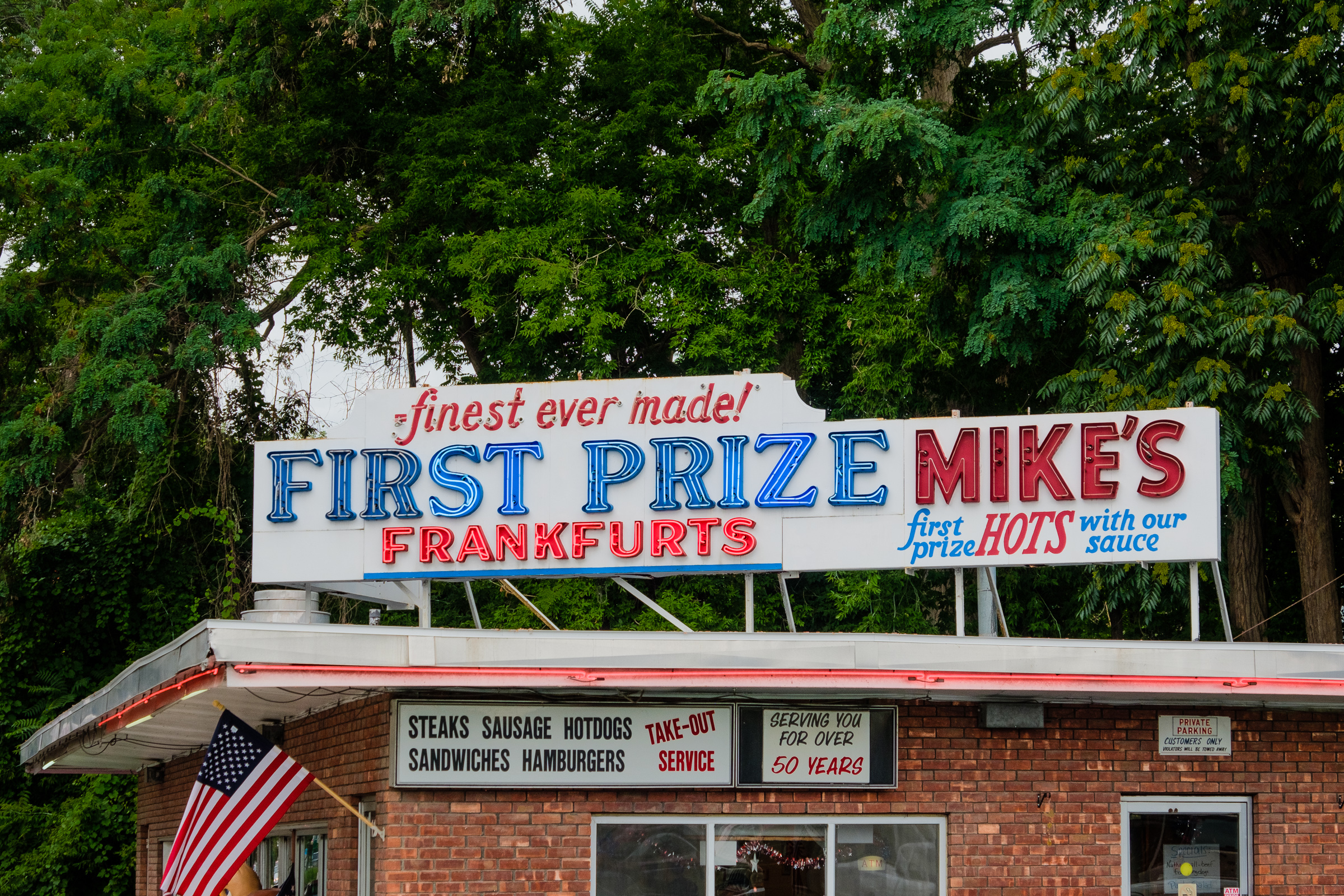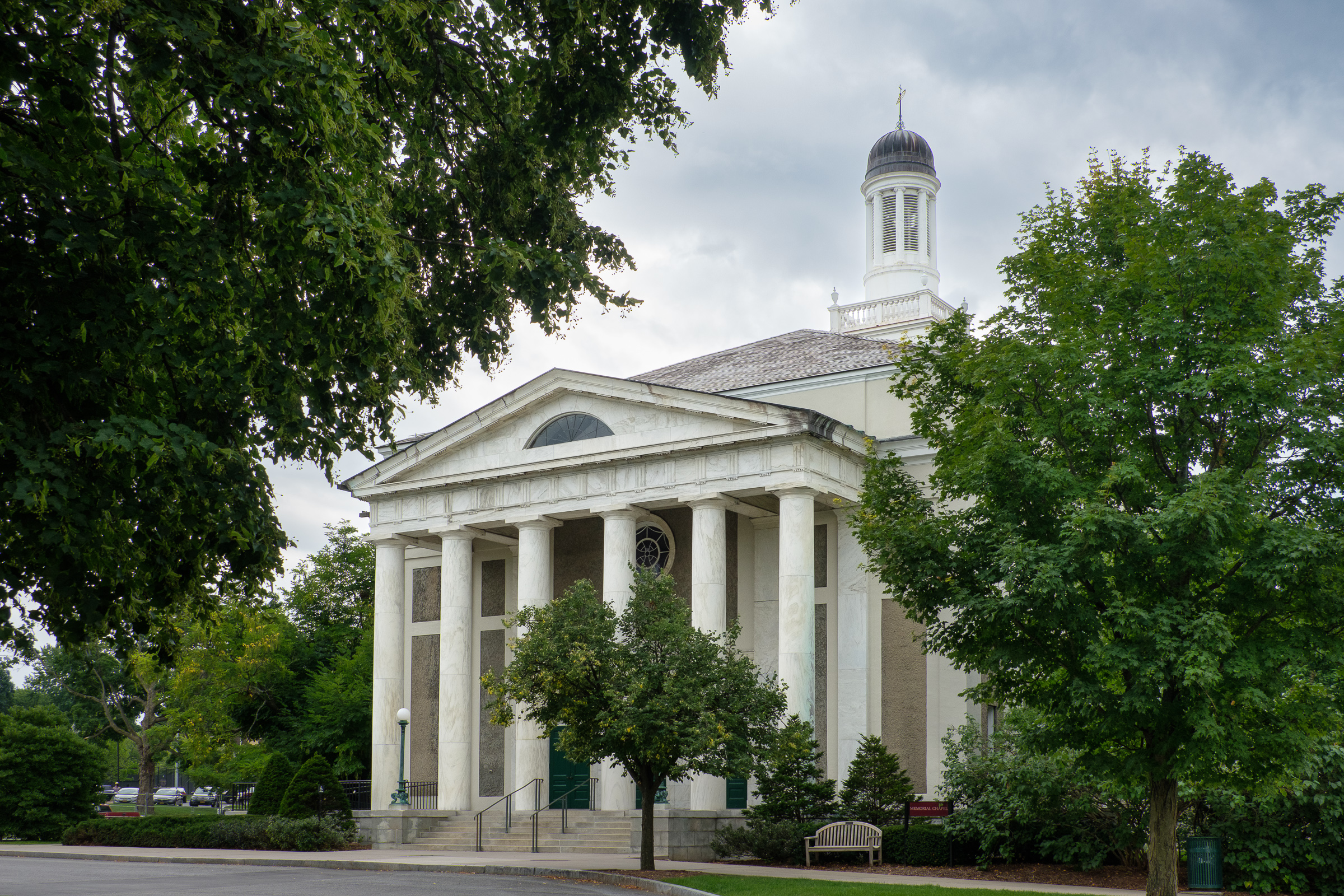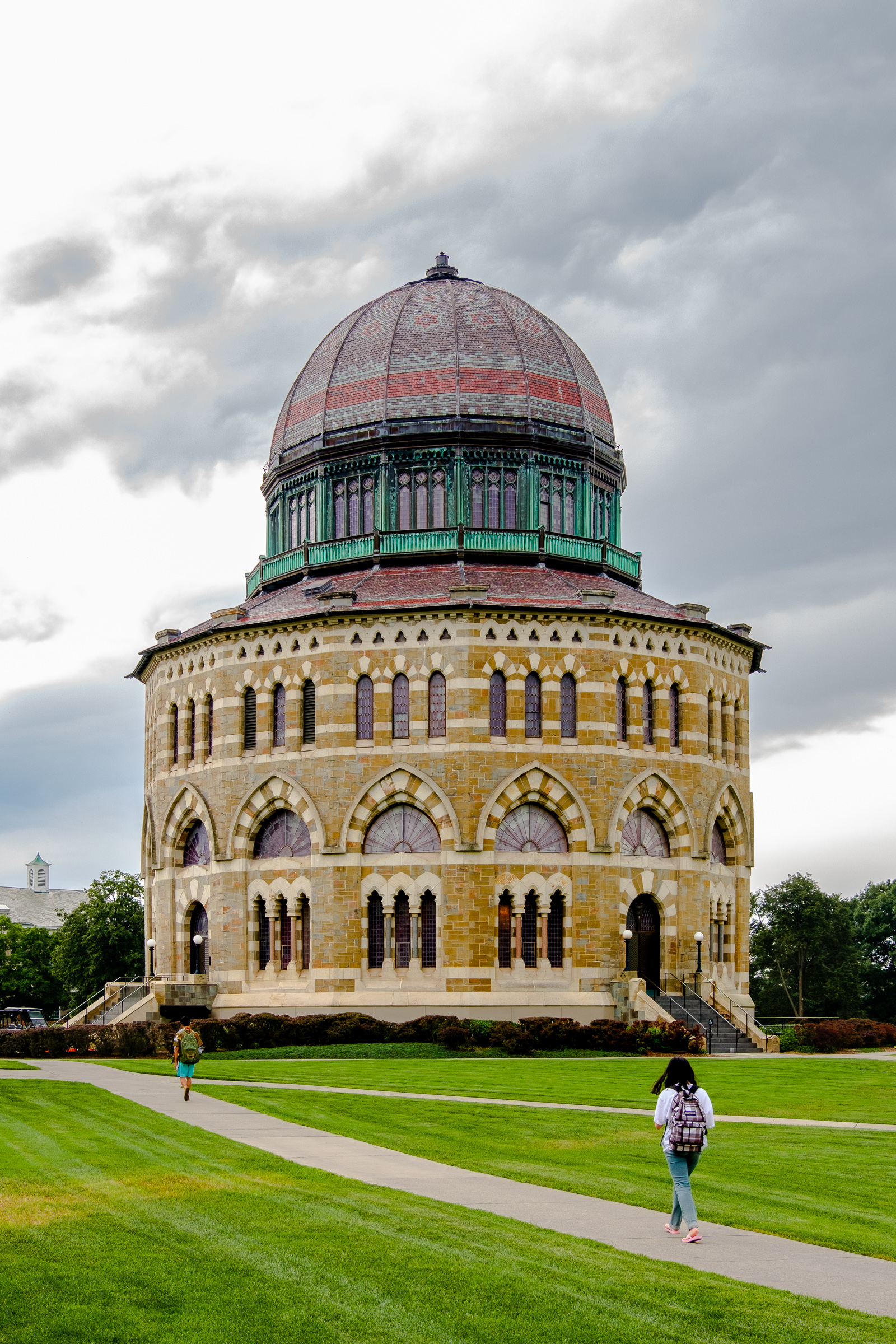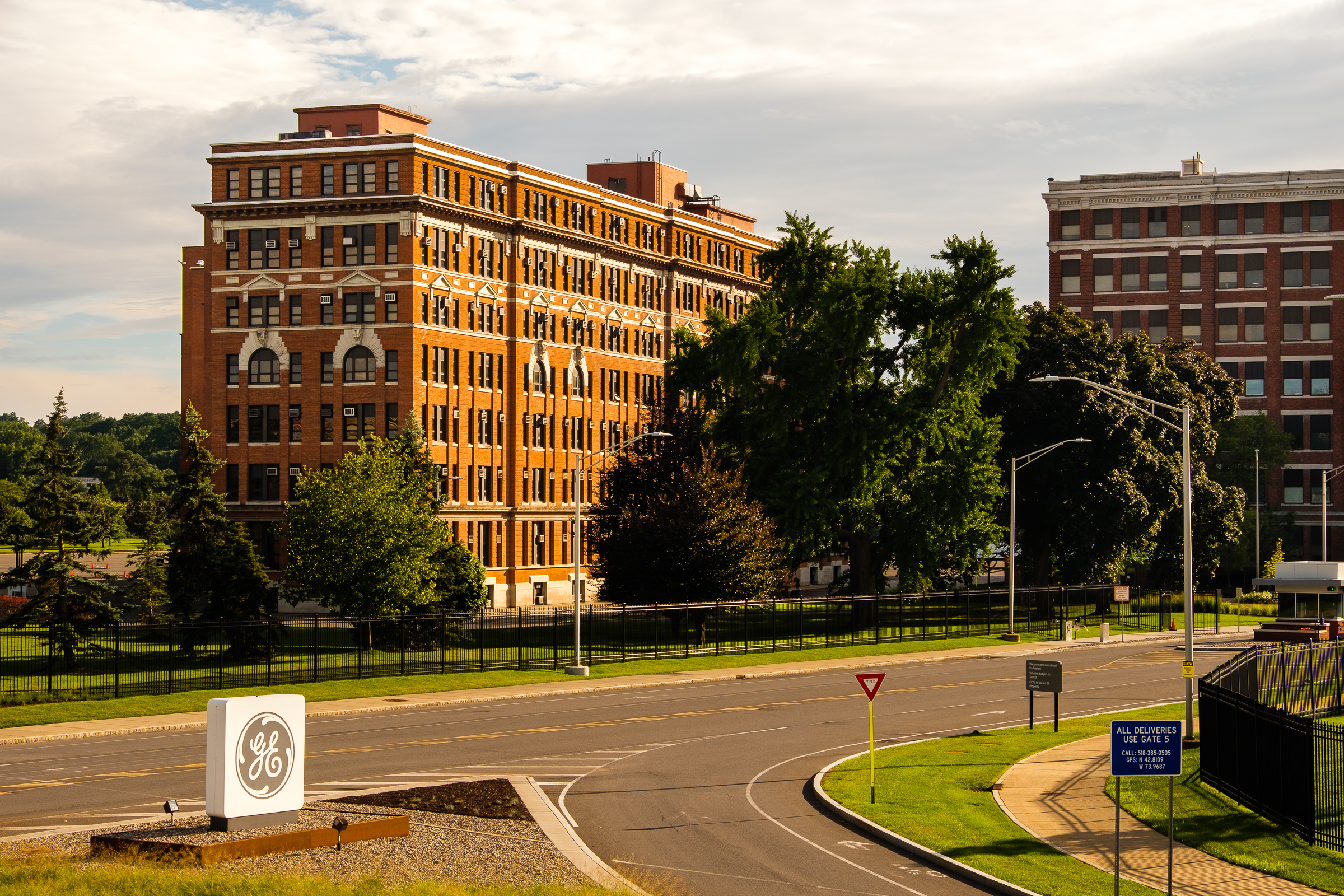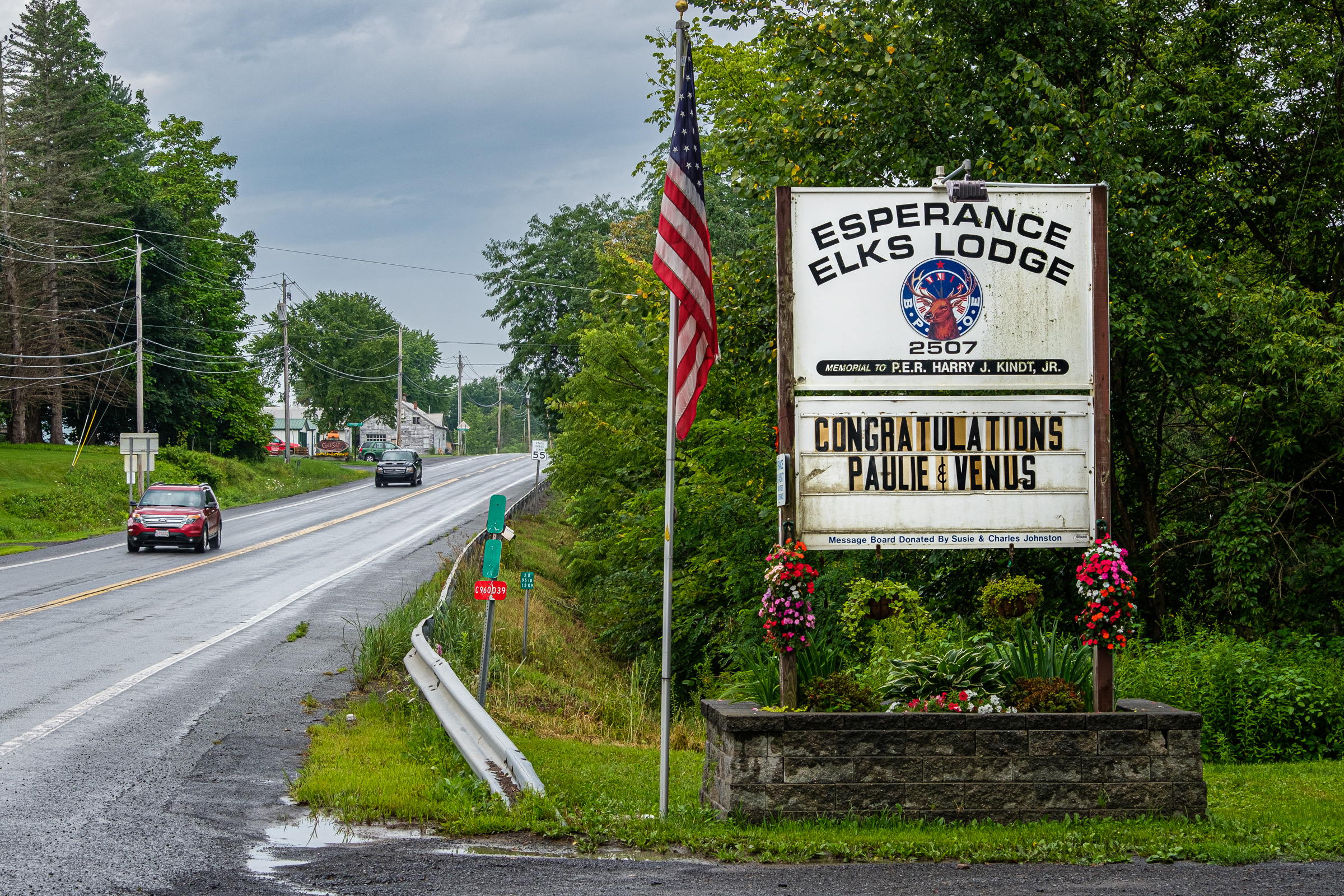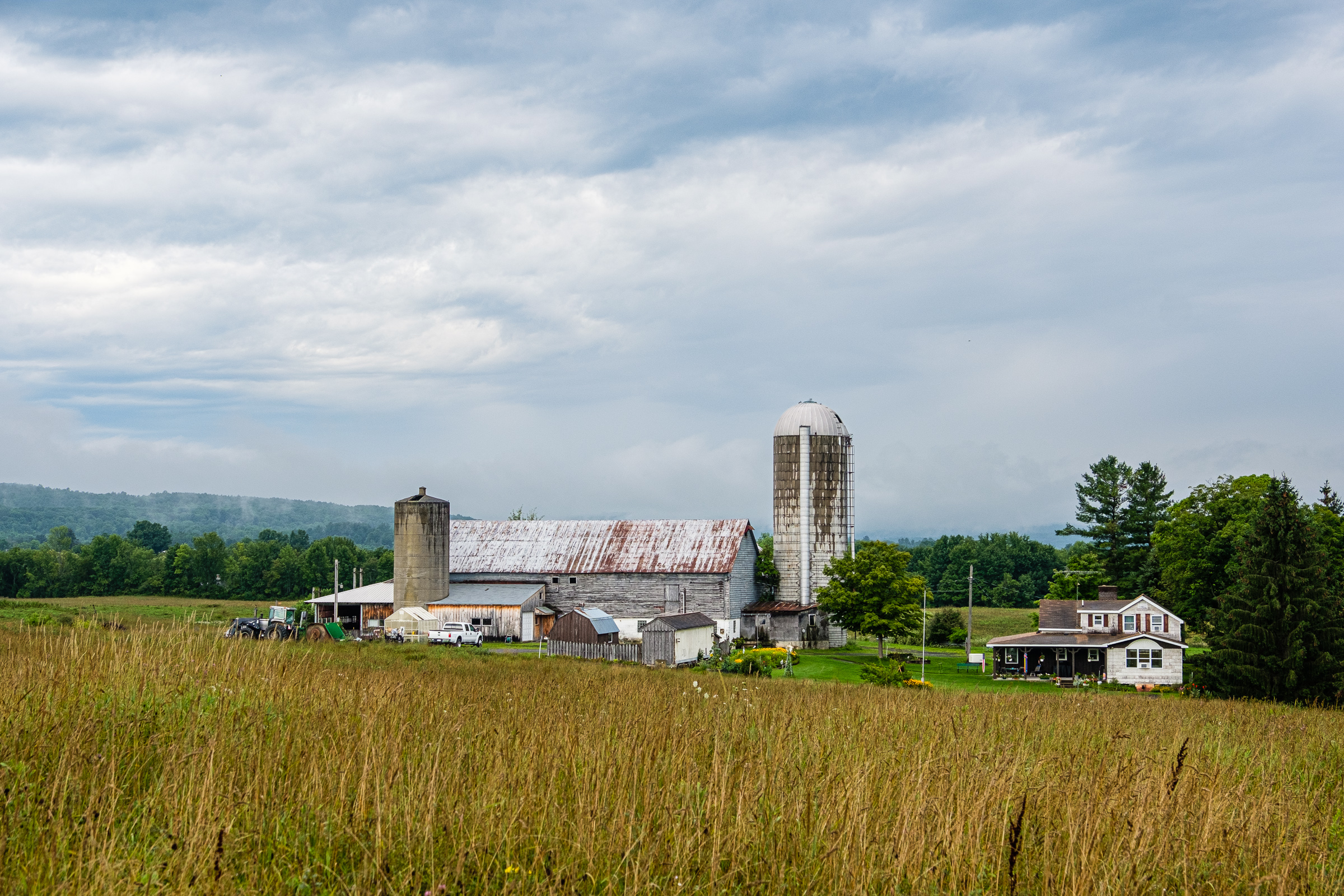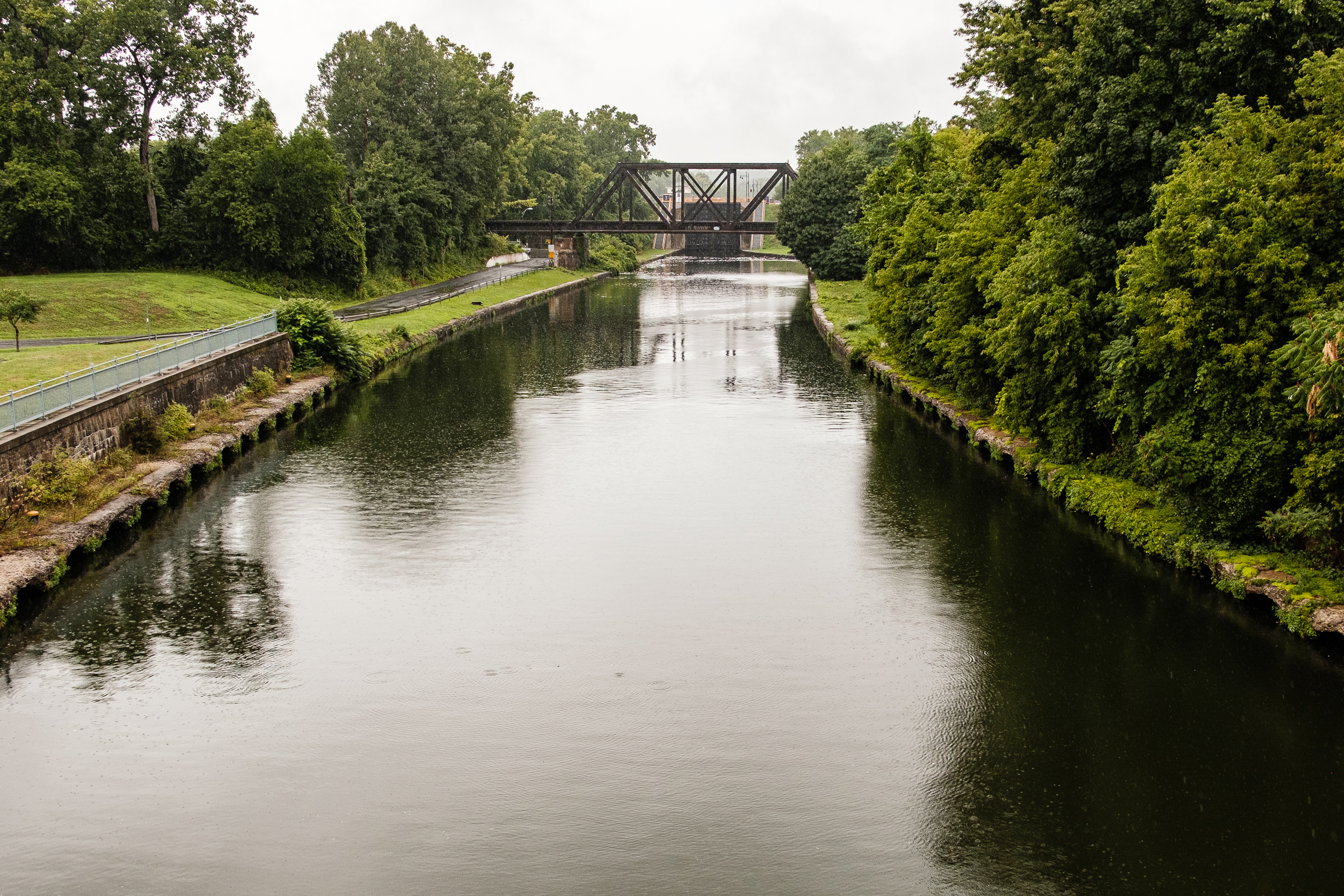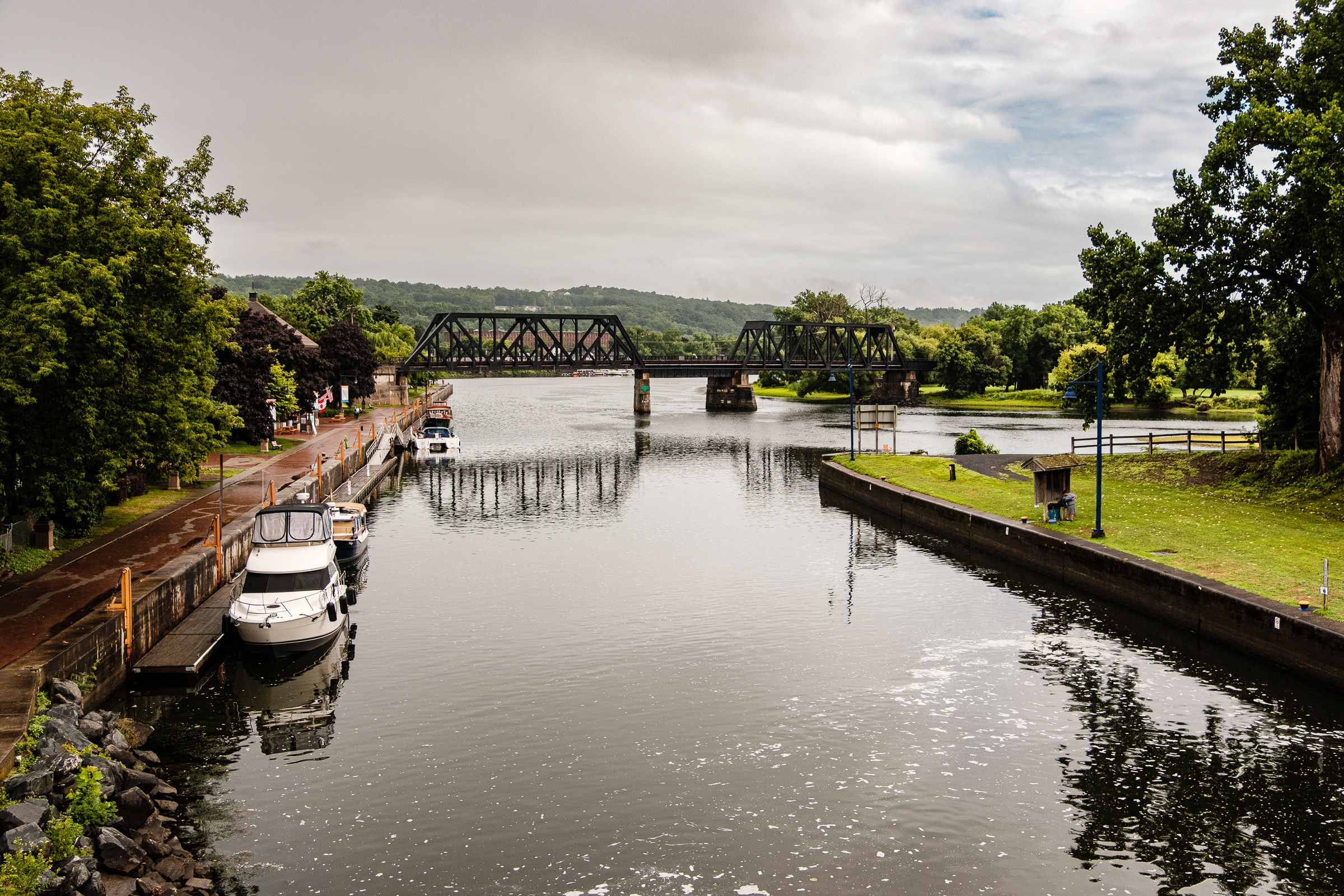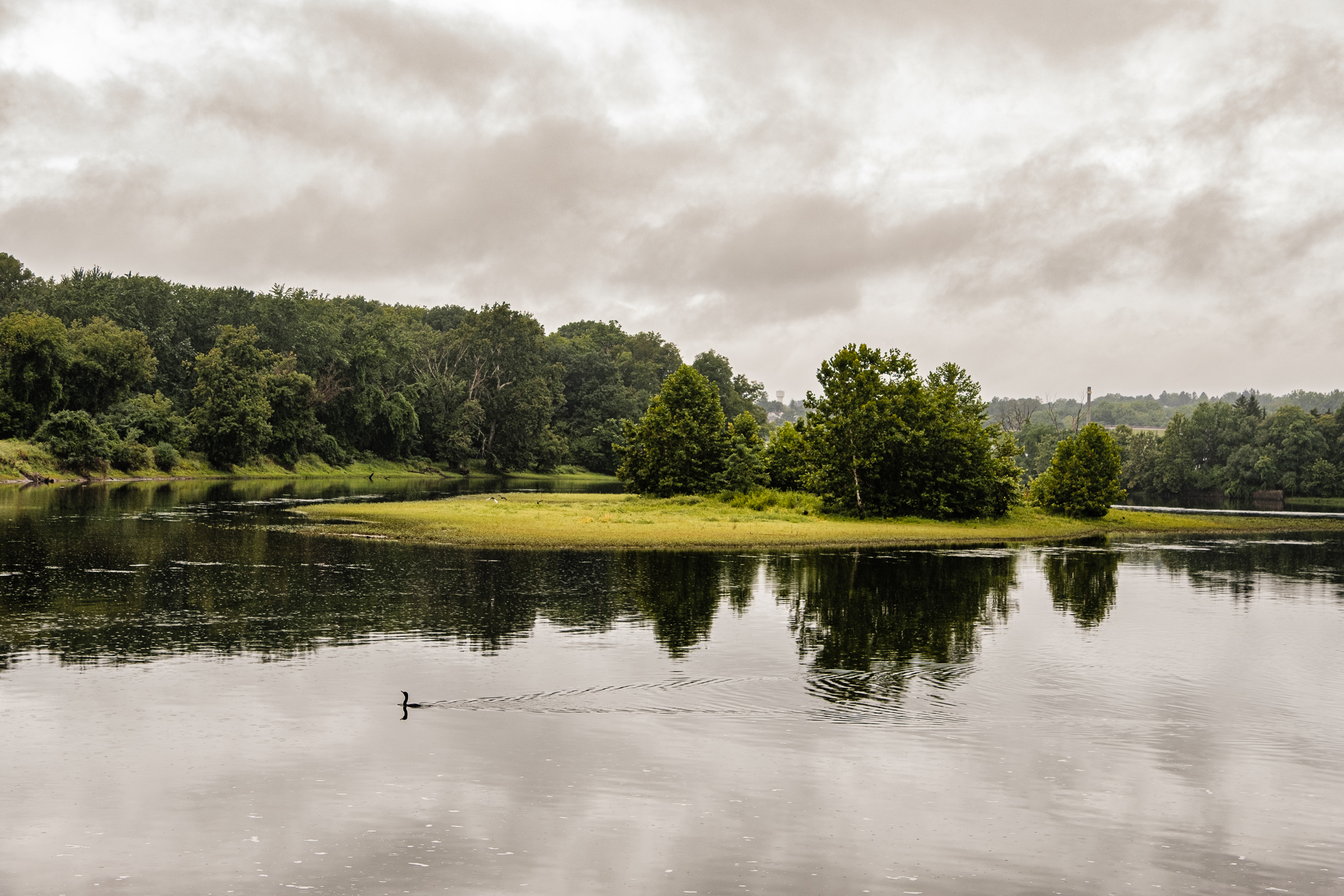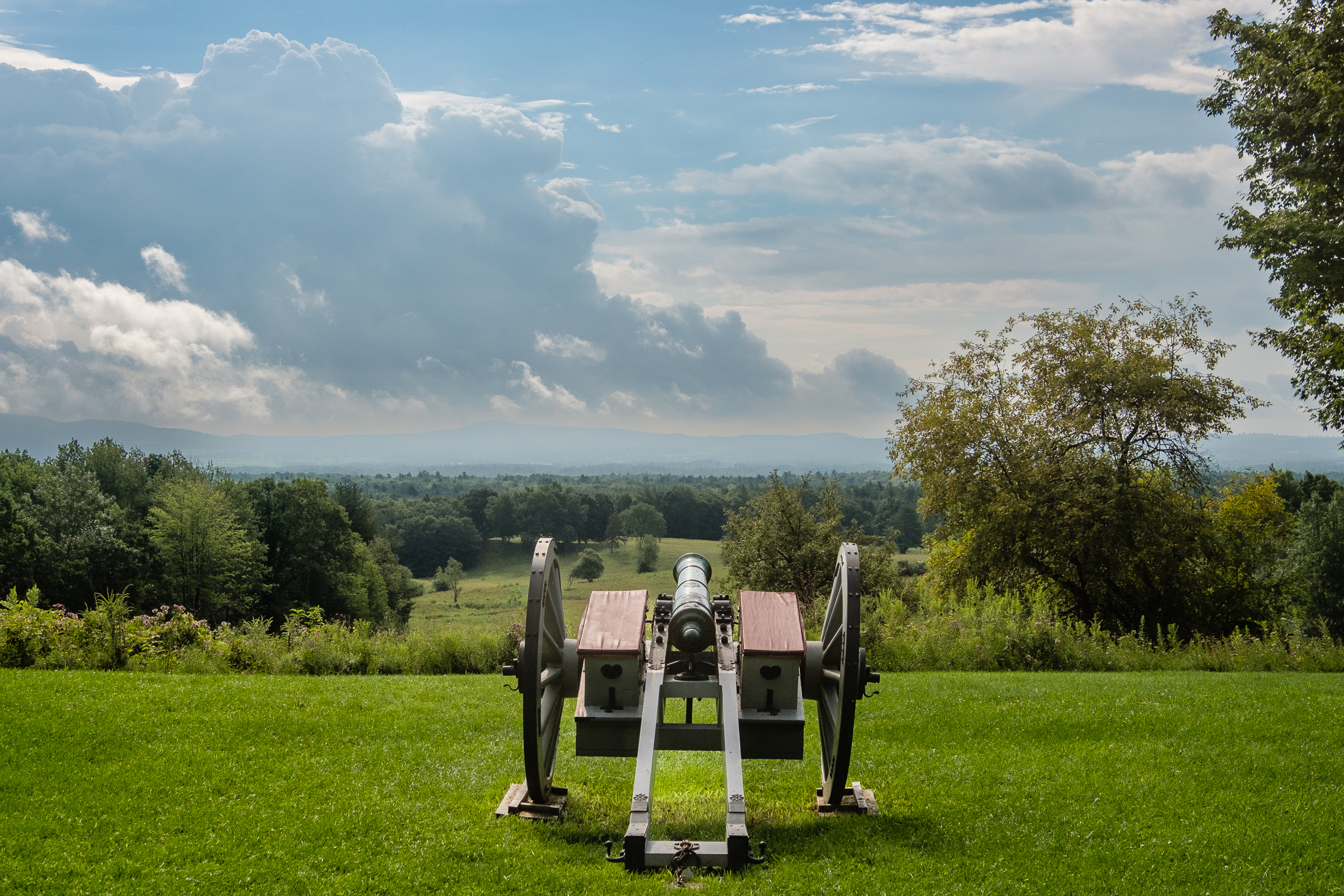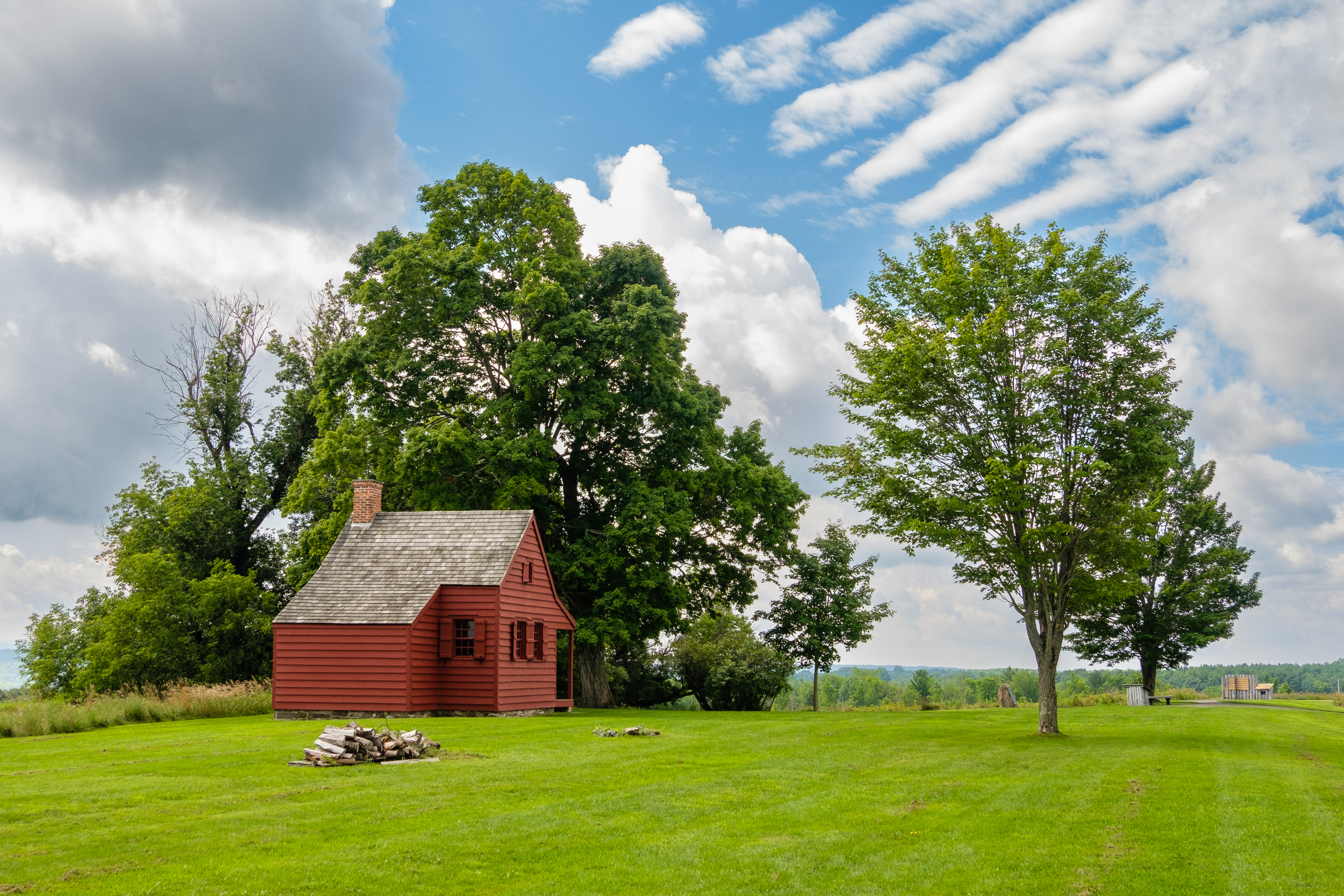 To the Hudson River.
To the Hudson River.
We are at the end of what was for me one of my more enjoyable road trips: the entire length of the Erie Canal! I think a big reason it was so memorable is that it was all so unexpected. I didn’t think there would be so much to see and do. Upstate New York – who knew?
We are going to drive the balance of the eastern Erie Canal region in this post. We’ll start out in Little Falls west of Utica by the Erie Canal and the Mohawk River. From there we’ll drive all the way to the Hudson River.

If industrial heritage is your thing (it’s certainly mine as you, dear readers, have long since figured out), there are many stops along this final portion of the drive. On the subject of industrial heritage, why the General Electric logo at the top? Read more below for that answer.
Our starting point, Little Falls, has some fine surviving 19th century mill buildings in its South Ann Street-Mill Street Historic District and also is the location of nearby Lock 17 on the Erie Barge Canal – the largest lock on the Erie Canal and which was once the highest single lift lock in the world. Both the 20th century Barge Canal and remnants of the 19th century Old Canal can be viewed around there in close proximity to each other.
There are eight movable dams between Fort Plain and Schenectady in the eastern canal region to regulate water flow on the Mohawk River. Dam gates are lowered into the river to form navigable pools during the summer, and they are pulled out of the water in winter to clear the way for ice and debris-filled floodwaters. In the set below one sees a moveable dam at Lock 15 (with the Erie Canal running parallel to the Mohawk River).
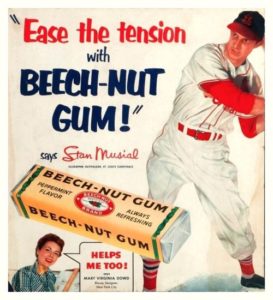 We will also stop off in Canaojarie, which is the birthplace, in 1891, of what was formerly called the Imperial Packing Co. and then the Beech-Nut Packing Co. – now Beech-Nut Nutrition Corp. and the no. 2 baby food maker in the US after Gerber. The company made chewing gum and baby food (among other things) in the big white Beech-Nut factory building (pictured in the set below) at its complex in Canaojarie for 105 years until Beech-Nut shut down its operations there in 2010 and moved to a new more modern facility elsewhere in upstate New York. The future of the decaying original Beech-Nut site in Canaojarie with its abandoned buildings and overgrown grounds remained uncertain last I checked. Another big economic blow to yet another historic Erie Canal town. At least the company stayed in the region.
We will also stop off in Canaojarie, which is the birthplace, in 1891, of what was formerly called the Imperial Packing Co. and then the Beech-Nut Packing Co. – now Beech-Nut Nutrition Corp. and the no. 2 baby food maker in the US after Gerber. The company made chewing gum and baby food (among other things) in the big white Beech-Nut factory building (pictured in the set below) at its complex in Canaojarie for 105 years until Beech-Nut shut down its operations there in 2010 and moved to a new more modern facility elsewhere in upstate New York. The future of the decaying original Beech-Nut site in Canaojarie with its abandoned buildings and overgrown grounds remained uncertain last I checked. Another big economic blow to yet another historic Erie Canal town. At least the company stayed in the region.
There’s an excellent little museum in Canojarie, the Arkell Museum, with an extensive collection of American paintings (mostly from the period 1860–1940) and exhibits about the history of the Mohawk River Valley and of the Beech-Nut company. It was founded by Bartlett Arkell, the first president of Beech-Nut, and contains, among other things, art and archives from his personal collection.
Mostly the set will feature the newer Erie Barge Canal. There were glimpses of the Old Erie Canal here and there on this final portion of the drive. I did a long stop to see the aqueduct ruins at Schoharie Crossing State Historic Site, at Schoharie Creek in Montgomery County, which is yet another tremendous Old Erie Canal site.
Much of this set will be on or near the beautiful Mohawk Towpath Byway which follows the historic route of the Erie Canal between Schenectady and Waterford/Cohoes at the canal’s eastern terminus by the Hudson River. In the more detailed map below one sees over on the right the location of the eastern entry to the Erie Canal at Waterford by the Hudson River.
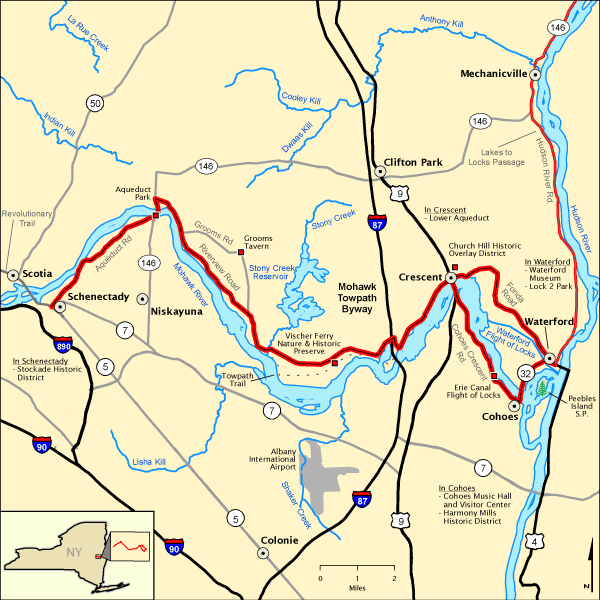 Schenectady didn’t grab me. It didn’t seem to be doing so well. That stands to reason given the job losses in the city and the surrounding area. Its biggest employer over the years has been General Electric whose presence in the city dates back to 1886 when inventor Thomas Edison set up the Edison Machine Works there. Schenectady grew into a company town, called “The Electric City,” or sometimes also “The City That Lights and Hauls the World,” while another fallen industrial giant, the legendary American Locomotive Company (ALCO), was still in operation there. ALCO once had around 35,000 employees in Schenectady. One of the many locomotives produced there in Schenectady at the ALCO factories was the Central Pacific Railroad type 4-4-0 No. 60, the “Jupiter” (1868), one of two steam locomotives to take part in the “Golden Spike” ceremony to celebrate the completion of the First Transcontinental Railroad in the US. 45,000 people once worked at the main GE campus in the city – estimates are that the employee count now is 5,000 or less (the reports vary on the exact number). As of 2021, General Electric employed around 168,000 people worldwide, but the growth and investment does not seem to be in upstate New York where the company has its origins. ALCO’s employee count is now zero – it closed down in Schenectady in 1969.
Schenectady didn’t grab me. It didn’t seem to be doing so well. That stands to reason given the job losses in the city and the surrounding area. Its biggest employer over the years has been General Electric whose presence in the city dates back to 1886 when inventor Thomas Edison set up the Edison Machine Works there. Schenectady grew into a company town, called “The Electric City,” or sometimes also “The City That Lights and Hauls the World,” while another fallen industrial giant, the legendary American Locomotive Company (ALCO), was still in operation there. ALCO once had around 35,000 employees in Schenectady. One of the many locomotives produced there in Schenectady at the ALCO factories was the Central Pacific Railroad type 4-4-0 No. 60, the “Jupiter” (1868), one of two steam locomotives to take part in the “Golden Spike” ceremony to celebrate the completion of the First Transcontinental Railroad in the US. 45,000 people once worked at the main GE campus in the city – estimates are that the employee count now is 5,000 or less (the reports vary on the exact number). As of 2021, General Electric employed around 168,000 people worldwide, but the growth and investment does not seem to be in upstate New York where the company has its origins. ALCO’s employee count is now zero – it closed down in Schenectady in 1969.
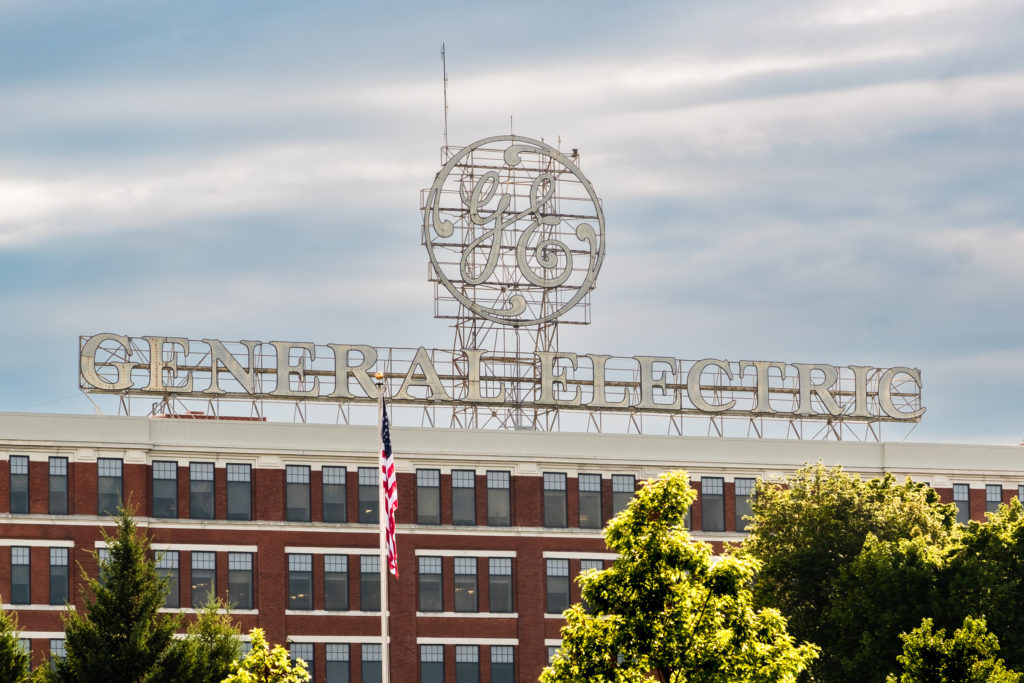
Historic General Electric building at GE’s main Schenectady campus. Aug. 2018.
Supposedly the downtown is doing better than it was 10-20 years ago, but I was underwhelmed. I will leave it at that. My favorite site in Schenectady was the beautiful and historic Union College (founded 1795) campus near the downtown.
As we approach the Hudson and the end of the journey, we will stop at magnificent Cohoes Falls — one of the largest waterfalls east of the Rockies. The photo in this set is only a partial view. It’s huge. They are second only to Niagara Falls in width in New York state. In Cohoes itself, check out the Harmony Mills No. 3 building, designated a US National Historic Landmark in 1999 (constructed in two stages between 1866 and 1872). The Cohoes factory was once the leading manufacturer of cotton fabric in the US, and Mill No. 3 was considered one of the premier textile factories in the whole country. It’s now an apartment complex.
When we get to the town of Waterford we will reach the eastern entrance to the 20th century Barge Canal by the Hudson River. In the photos I include a couple of shots of Erie Canal Lock 2 at Waterford harbor which is the entry into the Erie Barge Canal from the Hudson River and the first lock in the Waterford “Flight of Locks.” (FYI, there is no Erie Canal Lock 1.) Starting in Waterford the Canal climbs 169 ft (51.5 m) in a series of locks in about 1.5 miles (2.4 km). That’s the greatest rate of climb in the shortest distance in the world for any canal system! The things I learned on that drive.
It’s a lovely harbor at Waterford – a very satisfying end to my leisurely journey along the Erie Canalway National Heritage Corridor from its start in Buffalo.
As an extra and as promised in the previous post, I include a few photos from a short side trip to Saratoga National Historical Park about 40 miles north of Albany. The views of the Hudson River Valley from the park are amazing.
One might think “oh – here’s another American War of Independence site – been there, done that” – there are a lot of such sites in the eastern states constituting the original thirteen British colonies. One can’t stop at them all and hope to make any progress on a trip. In fact, Saratoga is a US Revolutionary War site of huge significance. It was early days in the war, and the importance of the Continental Army victory at Saratoga cannot be overstated. With a British victory in its upstate New York campaign, the Revolutionary War could have turned out much differently – the hope was to isolate the New England colonies and quash the rebellion once and for all. At Saratoga, however, the Redcoats commanded by General John Burgoyne got totally spanked by the upstart Americans. The NPS website (the url above) has this to say about the importance of the site and the victory: “Here, in 1777, during the American War for Independence, American troops battled and beat a British invasion force, marking the first time in world history that a British Army ever surrendered. This crucial victory secured essential foreign recognition and support, instigated world-wide wars, affirmed United States independence, and changed the face of the world.”
I end the set with a shot of the historic Capitol building in Albany. I really didn’t linger in the city long enough to form much of an impression.
Here’s the gallery. Enjoy!
The next post should be a treat (at least I think it will!): the Shaker settlements in upstate New York and western Massachusetts. Stay tuned.
Click on (or tap) an image to expand it (and use the arrow to the right on an expanded image to go through the set, if preferred over scrolling down in the post).
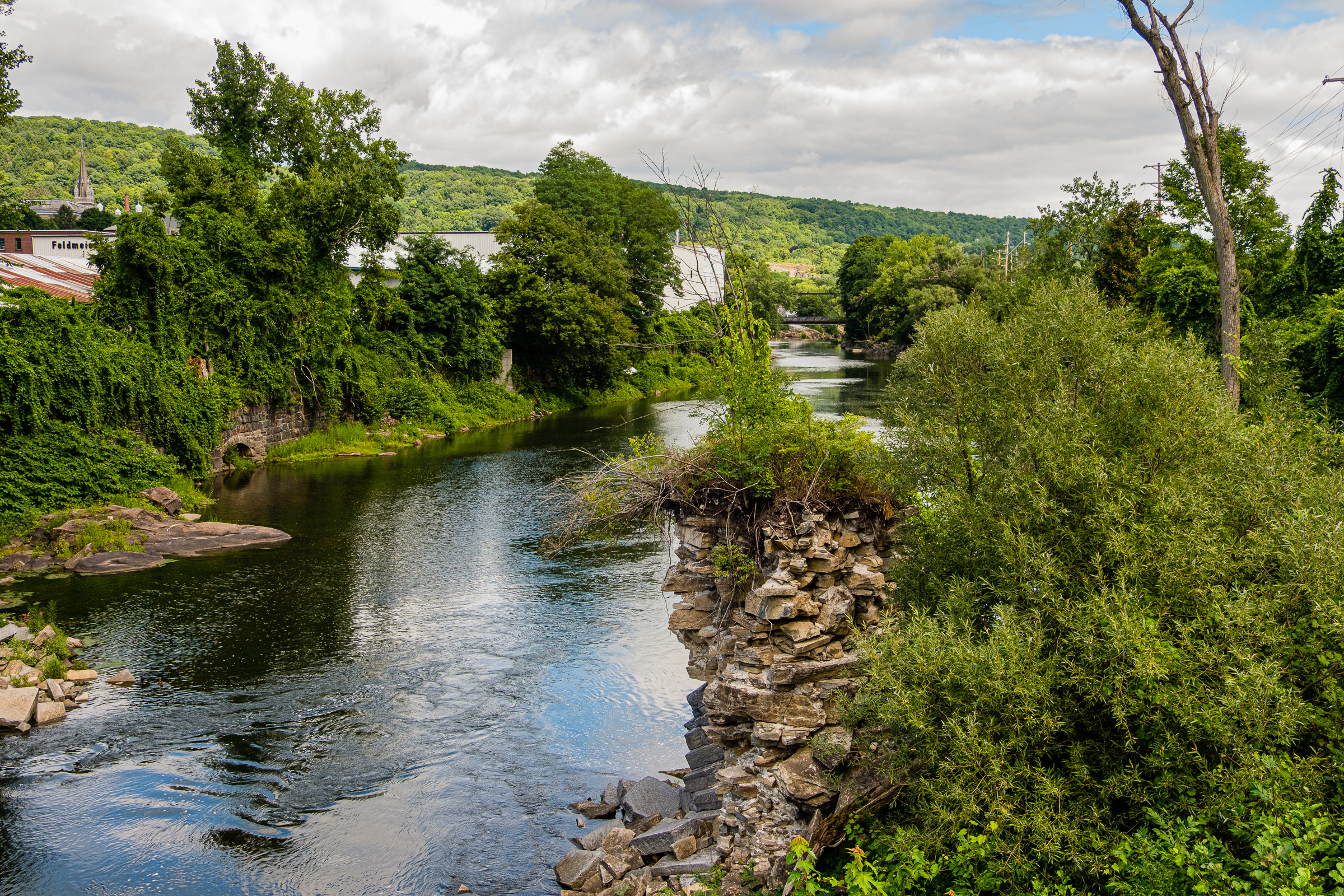
Mohawk River at Little Falls with ruins of the Erie Canal aqueduct across the river to the Little Falls Canal. Aug. 2018.
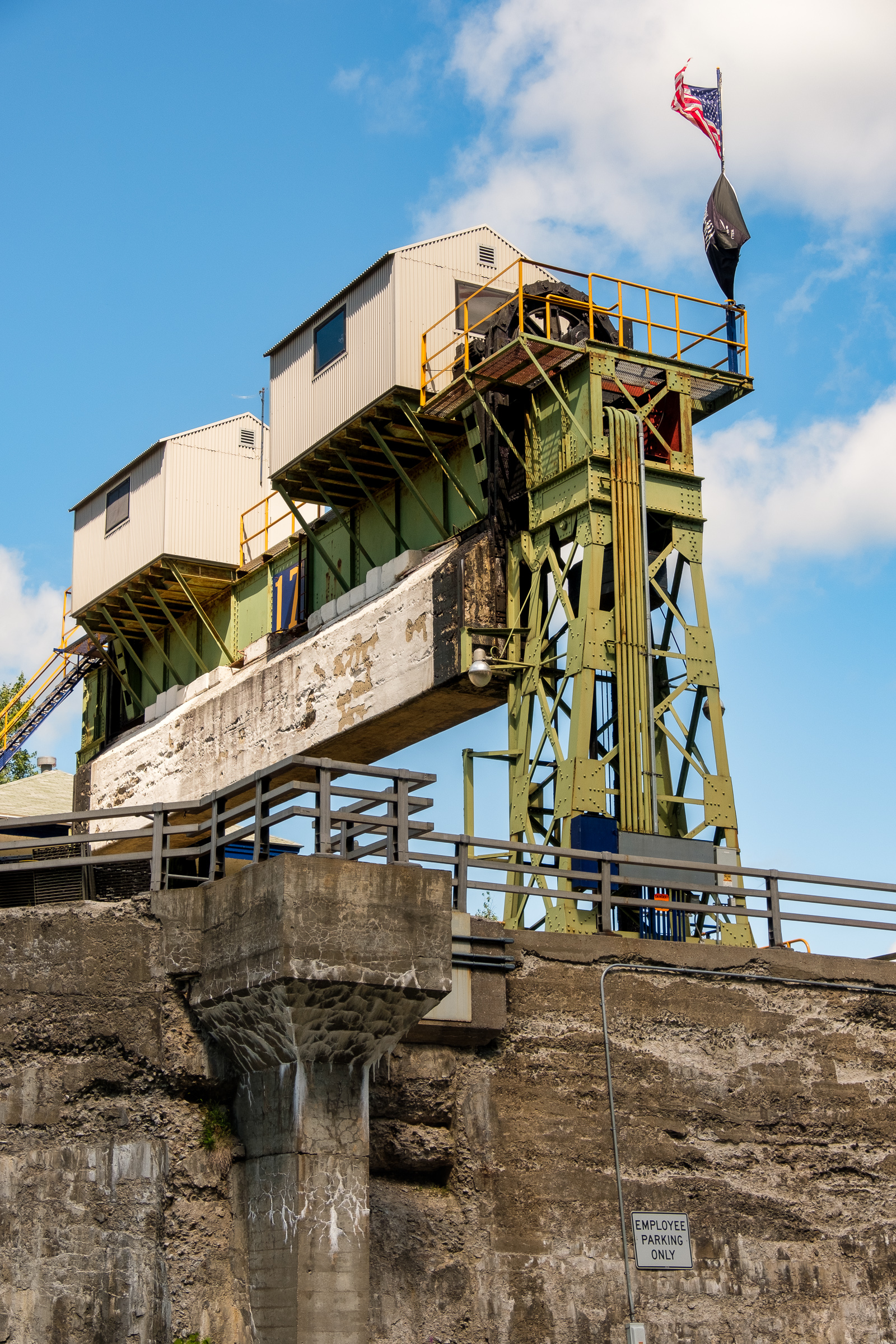
Lock 17 on the Erie Barge Canal at Little Falls - the largest lock on the Erie Canal and once the highest single lift lock in the world. Aug. 2018.
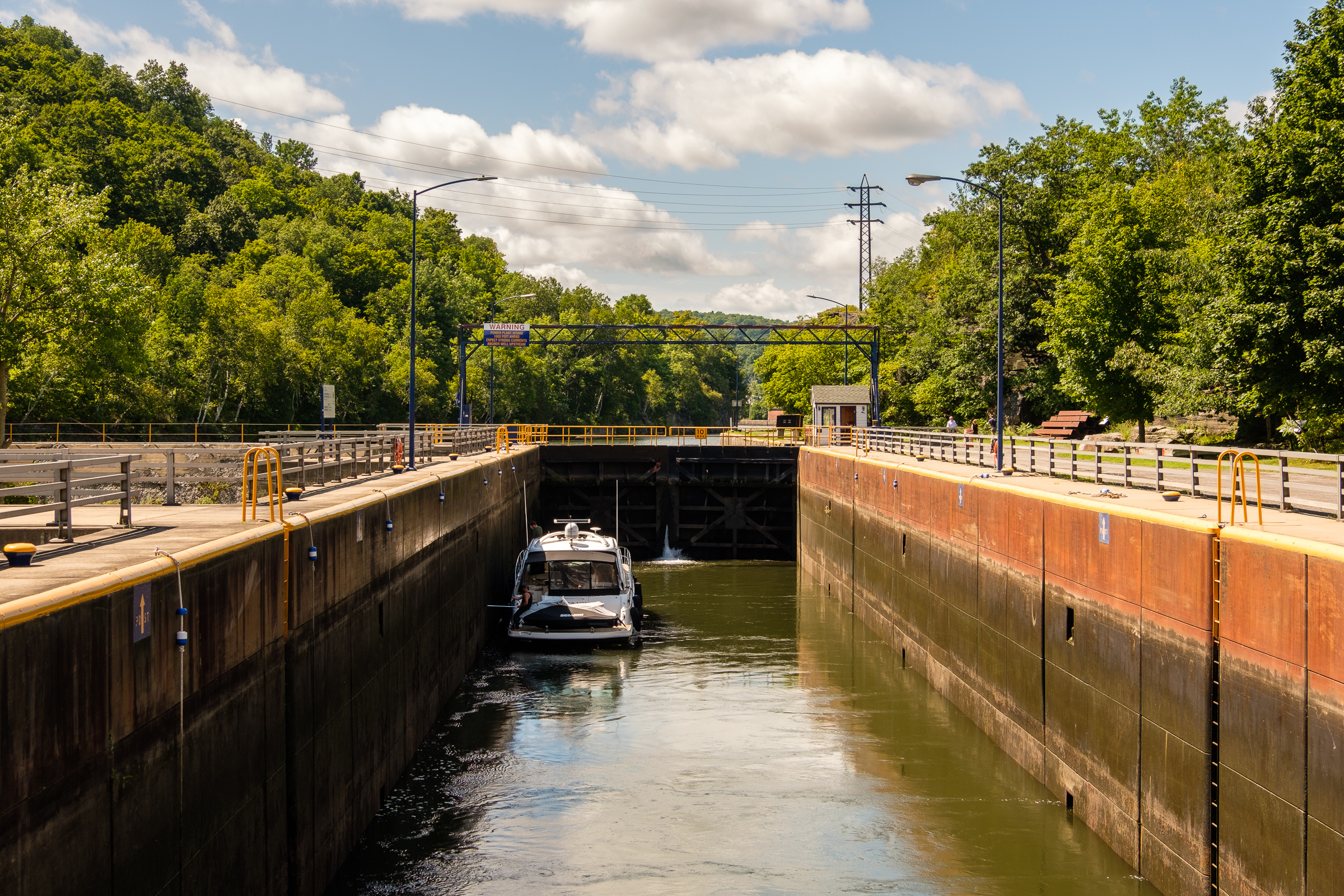
Lock 17 on the Erie Barge Canal at Little Falls - the largest lock on the Erie Canal and once the highest single lift lock in the world. Aug. 2018.
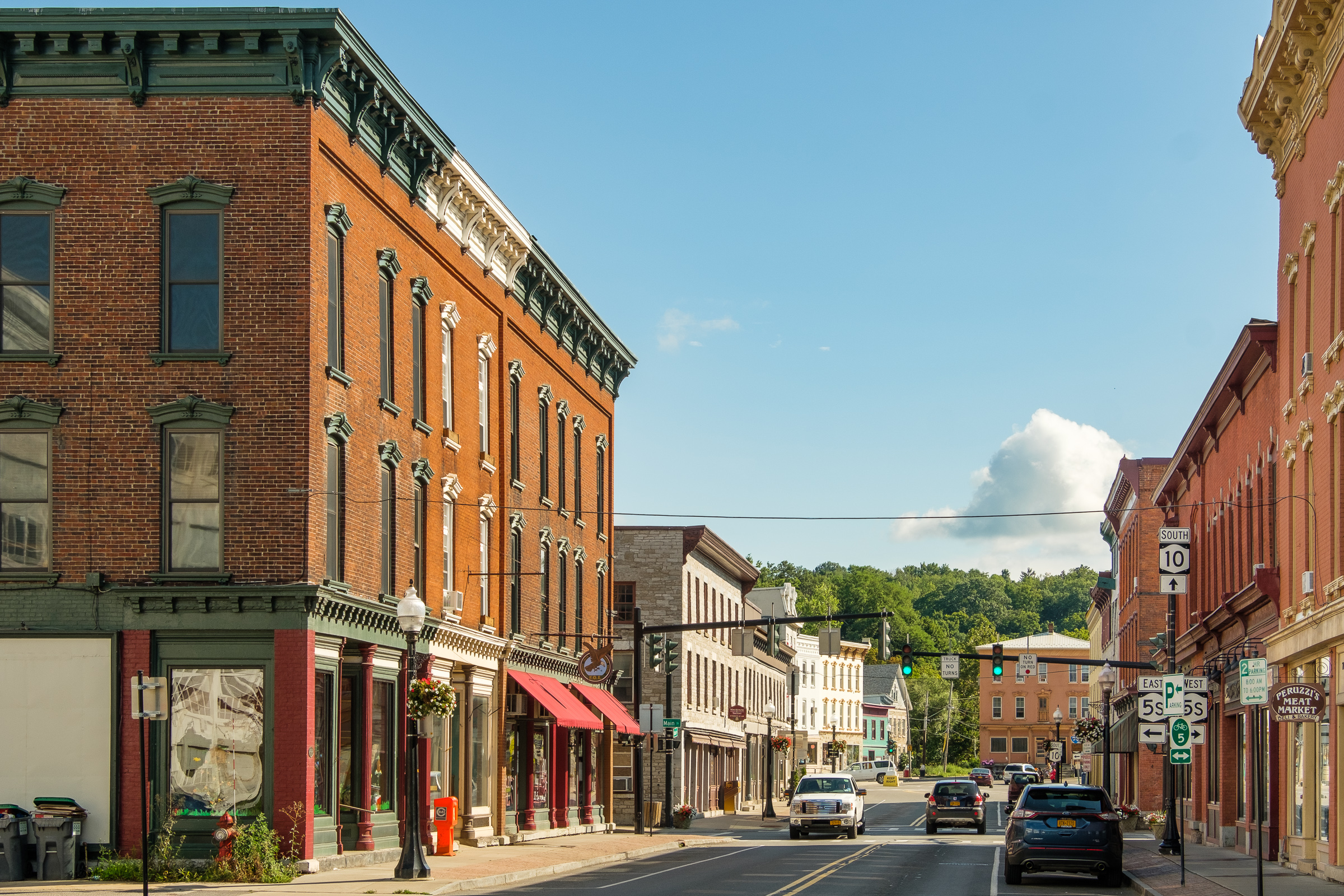
On Church Street in Canajoharie, NY, where the Beech-Nut Packing Company was founded in 1891. Aug. 2018.
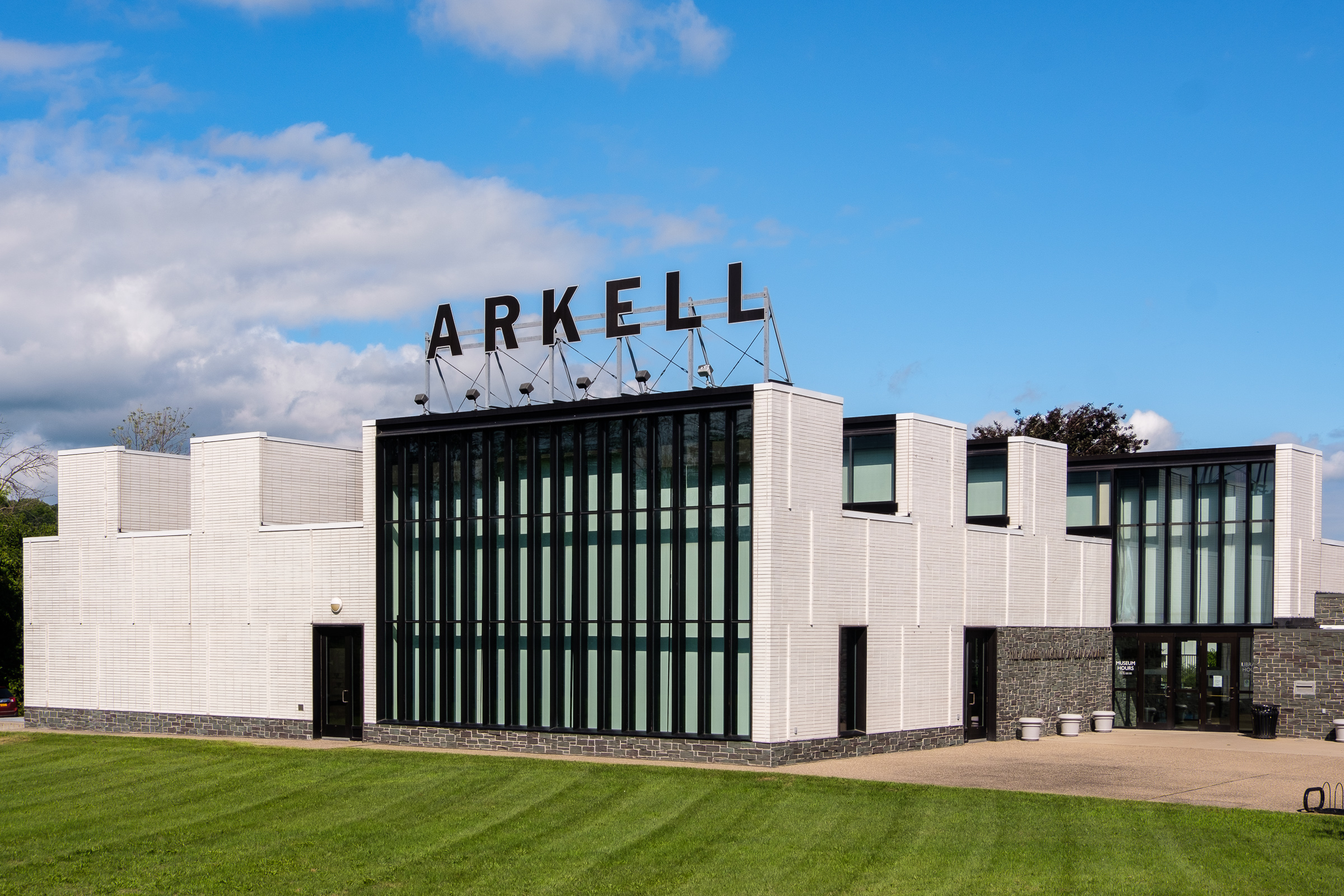
The 2007 addition to the Arkell Museum in Canajoharie, founded by Bartlett Arkell, the first president of the Beech-Nut Packing Company. Aug. 2018.
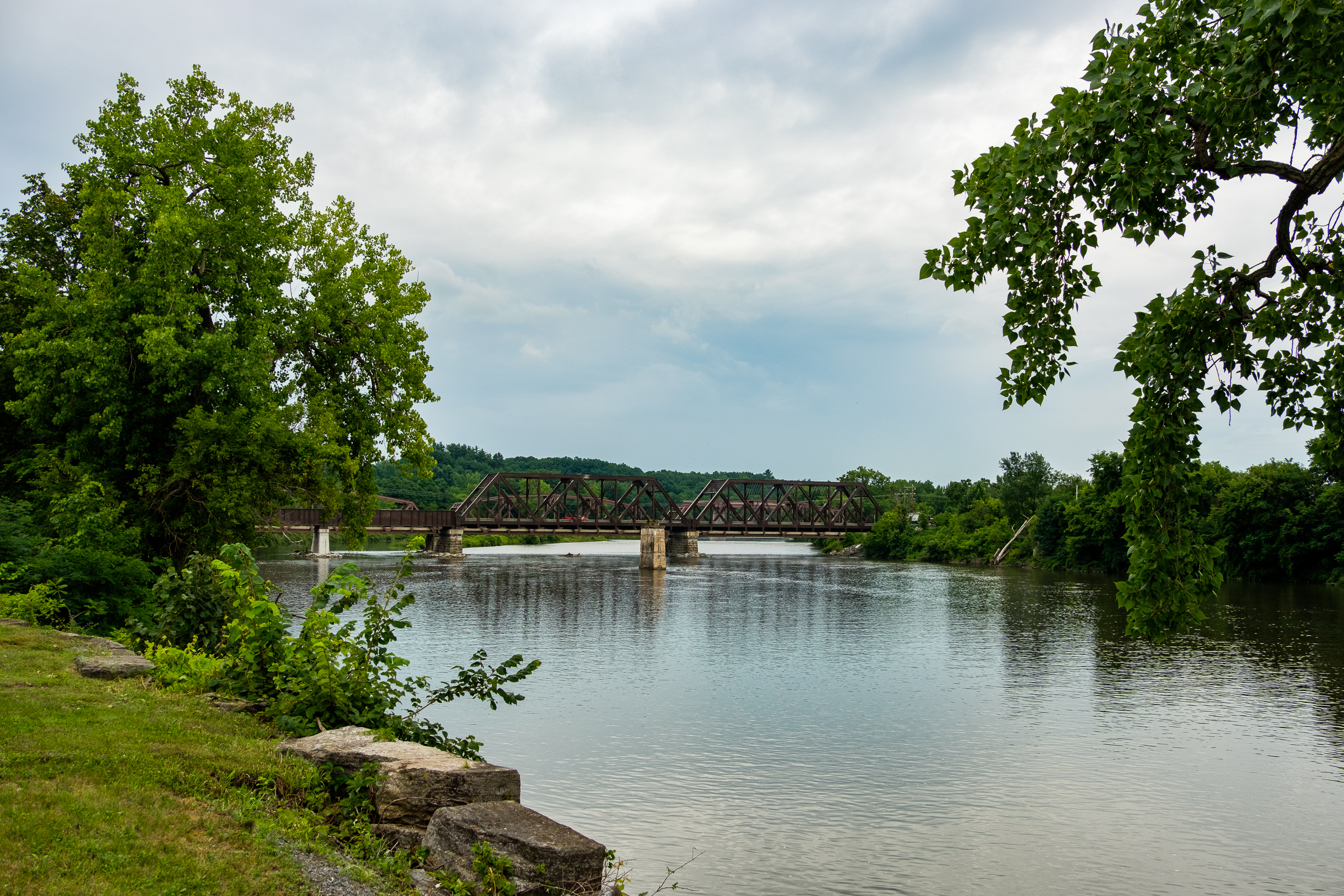
Schoharie Crossing State Historic Site (with early 20th century truss bridges crossing Schoharie Creek from Fort Hunter). Aug. 2018.
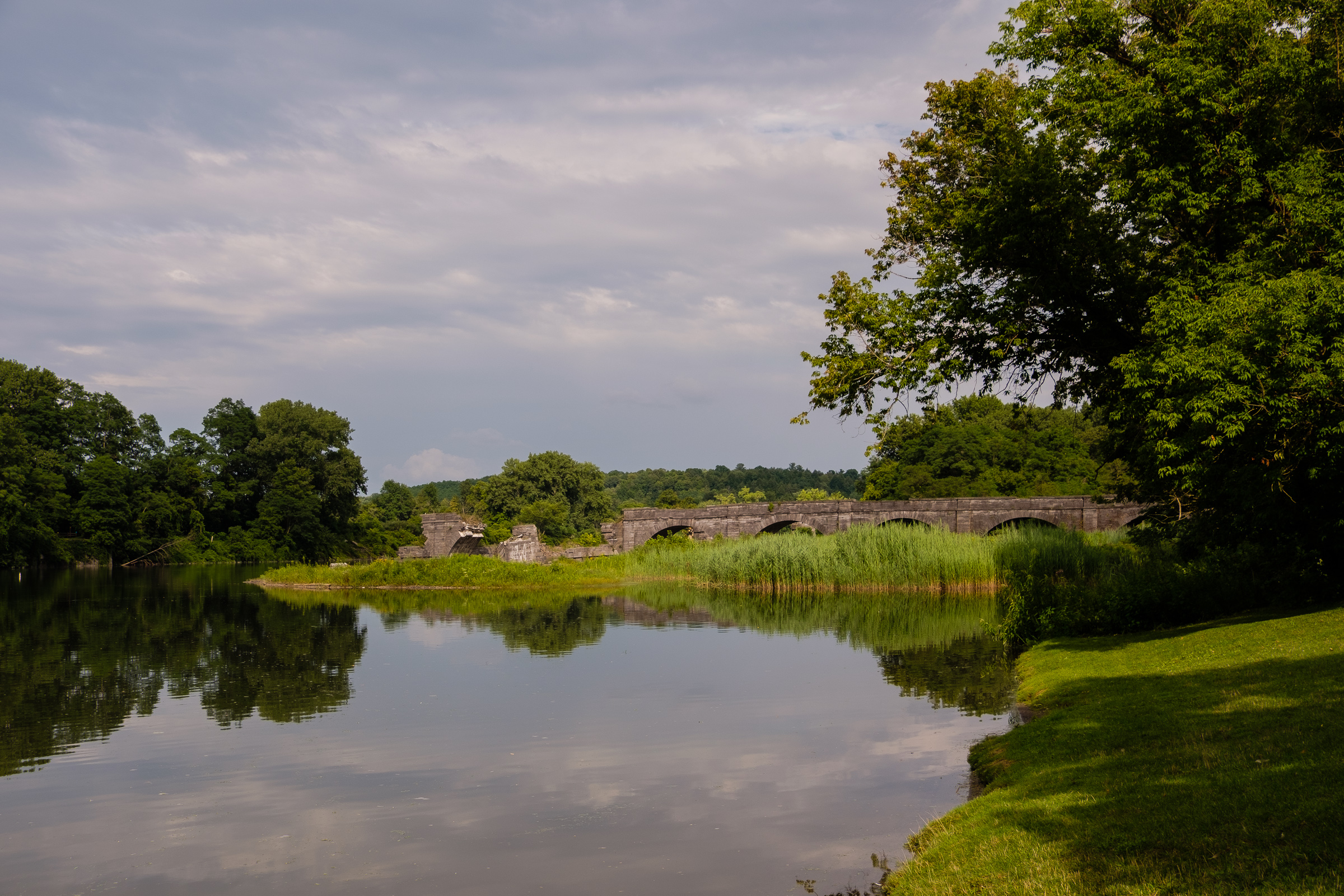
Old Erie Canal - Schoharie Aqueduct ruins, Schoharie Crossing State Historic Site, at Schoharie Creek in Montgomery County. Aug. 2018.
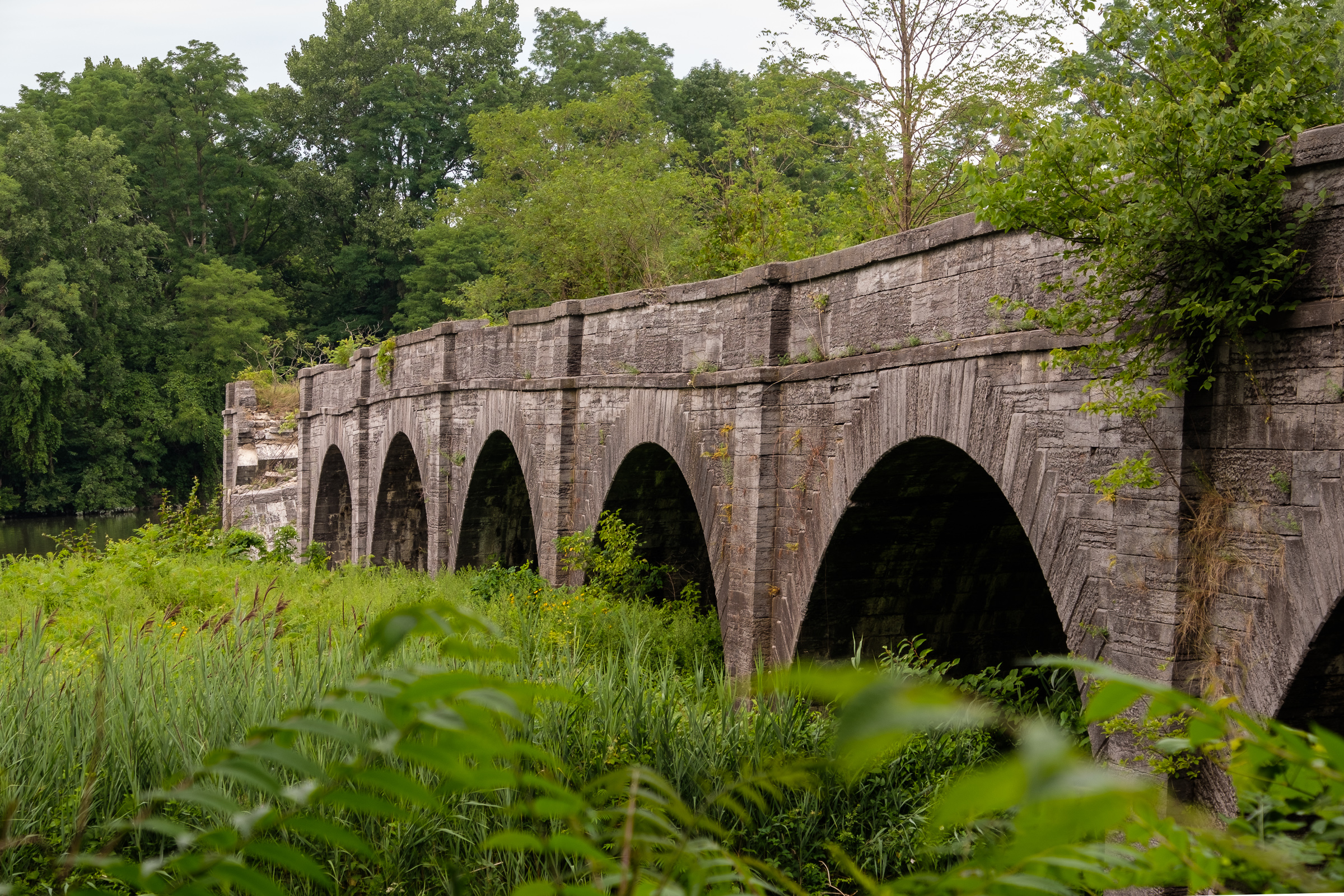
Old Erie Canal - Schoharie Aqueduct ruins, Schoharie Crossing State Historic Site, at Schoharie Creek in Montgomery County. Aug. 2018.
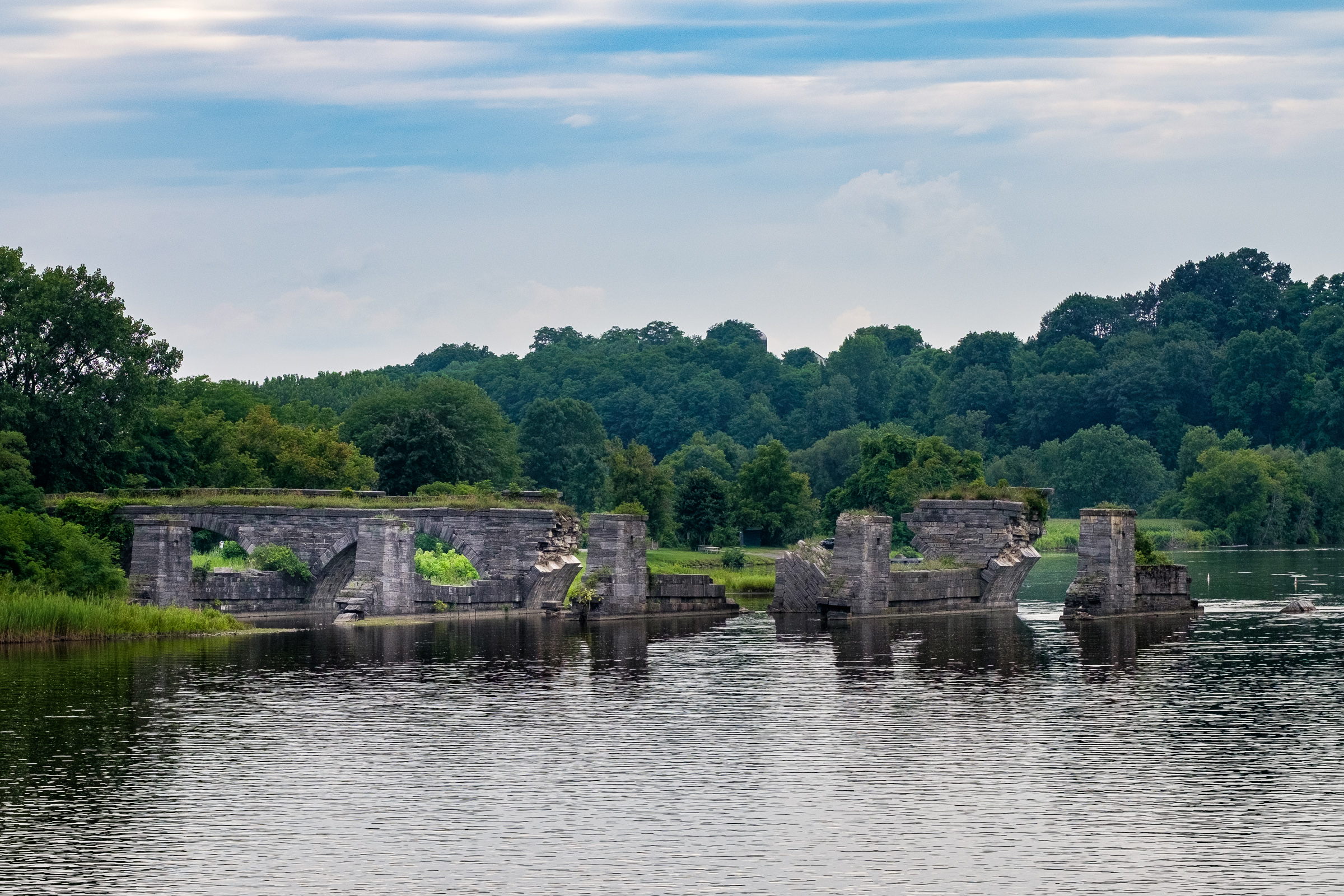
Old Erie Canal - Schoharie Aqueduct ruins, Schoharie Crossing State Historic Site, at Schoharie Creek in Montgomery County. Aug. 2018.
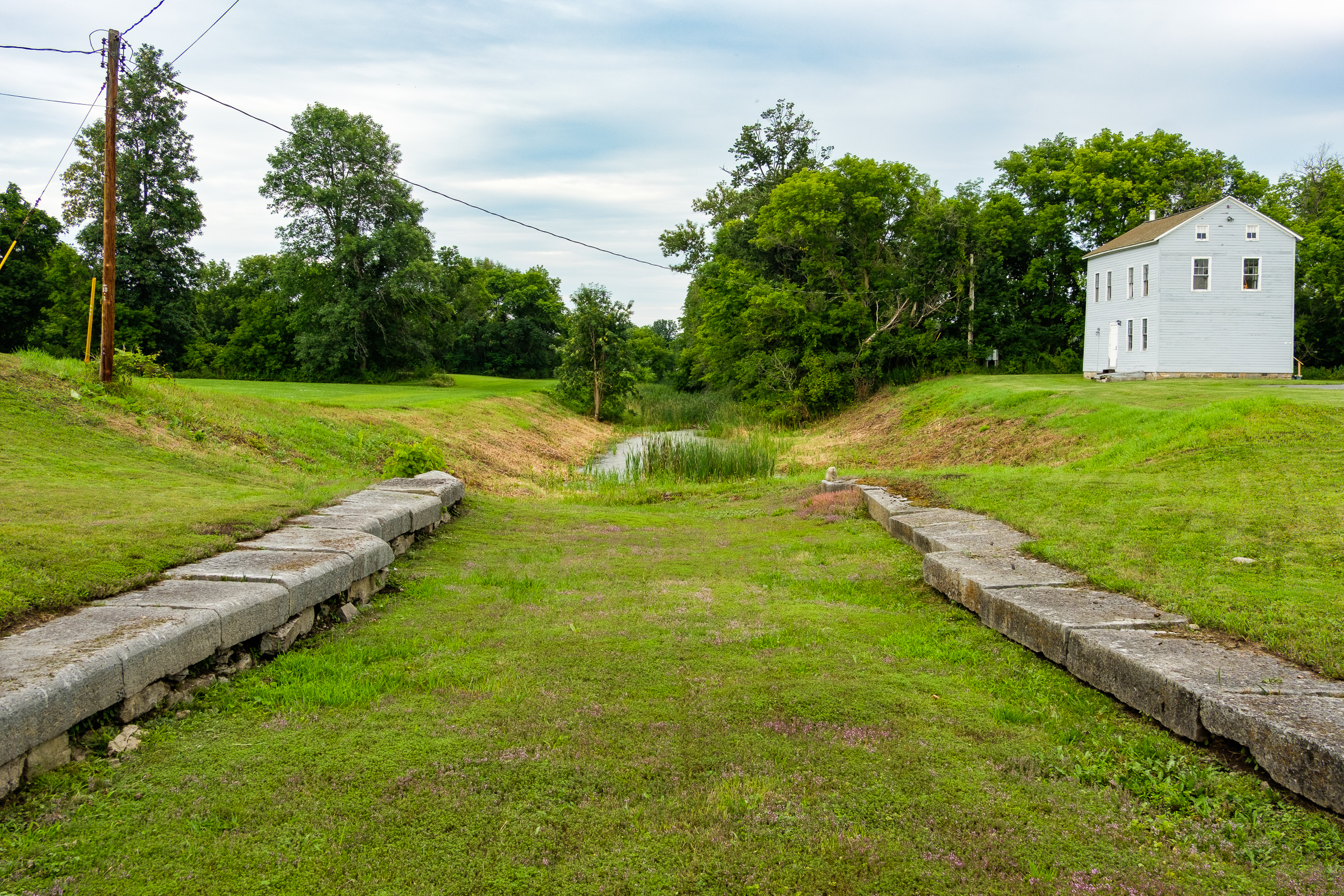
East Guard Lock from old Erie Canal, Schoharie Crossing State Historic Site, at Schoharie Creek in Montgomery County. Aug. 2018.
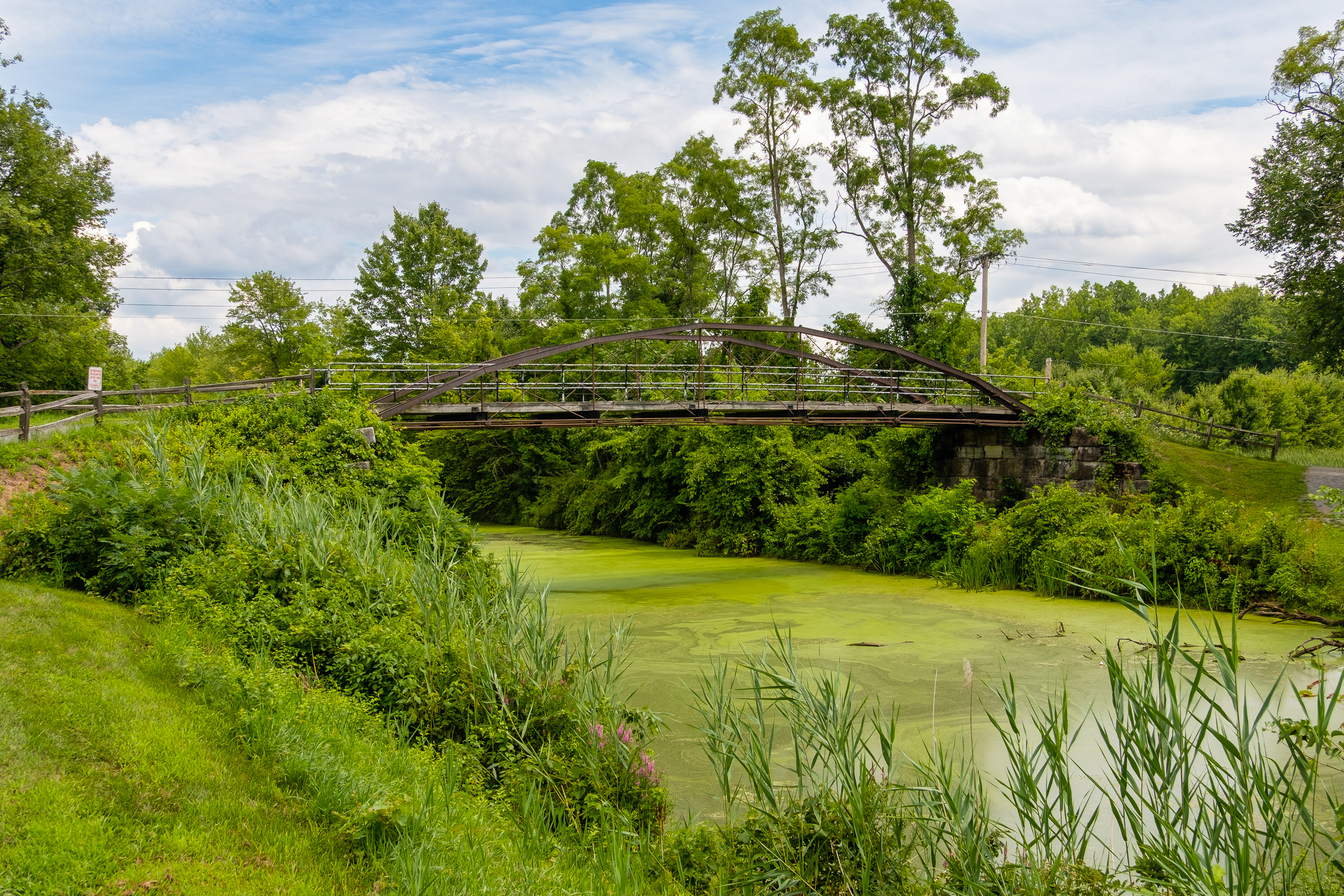
On the Mohawk Towpath Scenic Byway - Whipple Truss Bridge (1869) at the old Erie Canal, Vischer Ferry Nature & Historic Preserve. Aug. 2018.
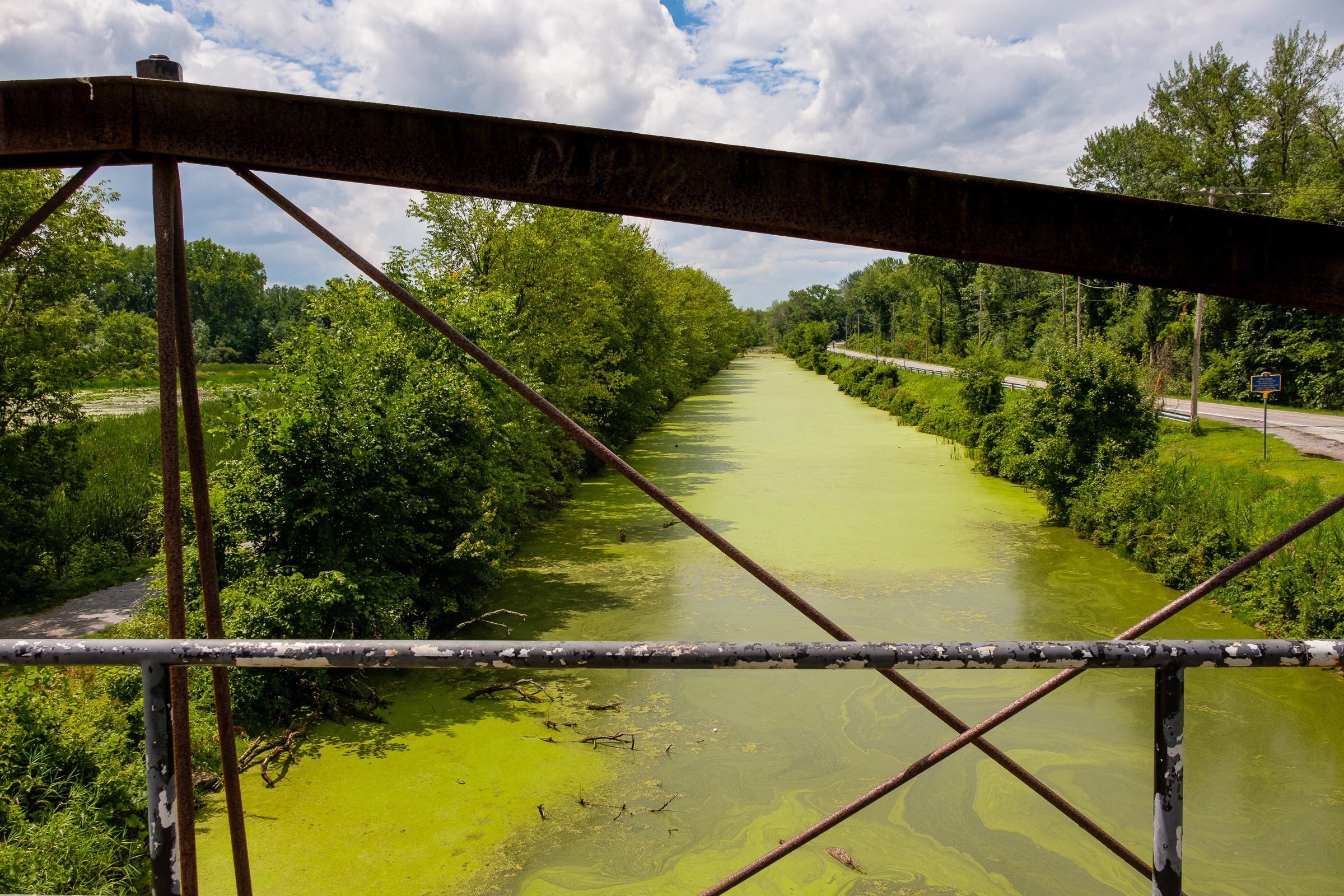
On the Mohawk Towpath Scenic Byway - the old Erie Canal from Whipple Truss Bridge (1869), Vischer Ferry Nature & Historic Preserve. Aug. 2018.
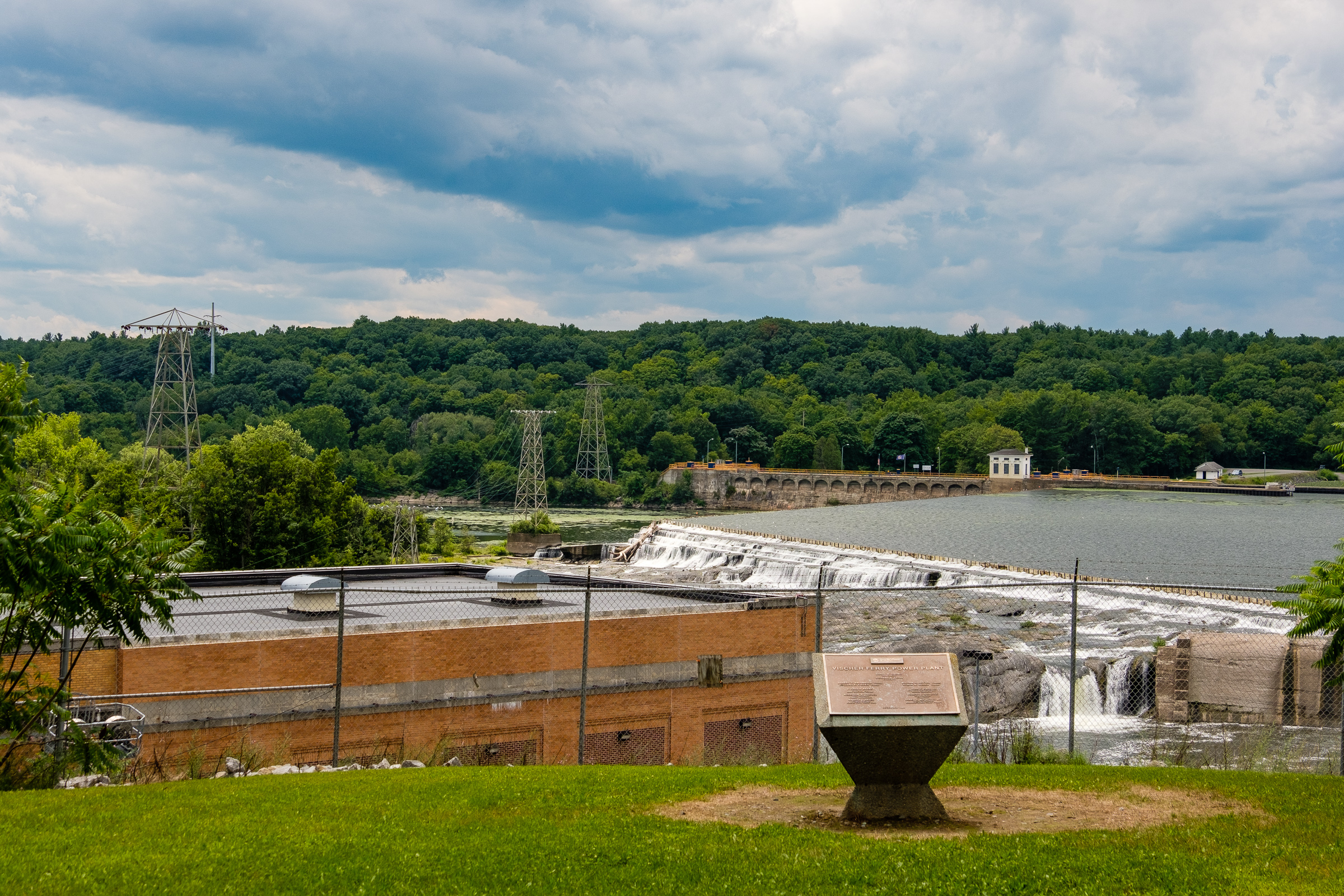
On the Mohawk Towpath Scenic Byway - Vischer Ferry Hydroelectric Dam on the Mohawk River. Aug. 2018.
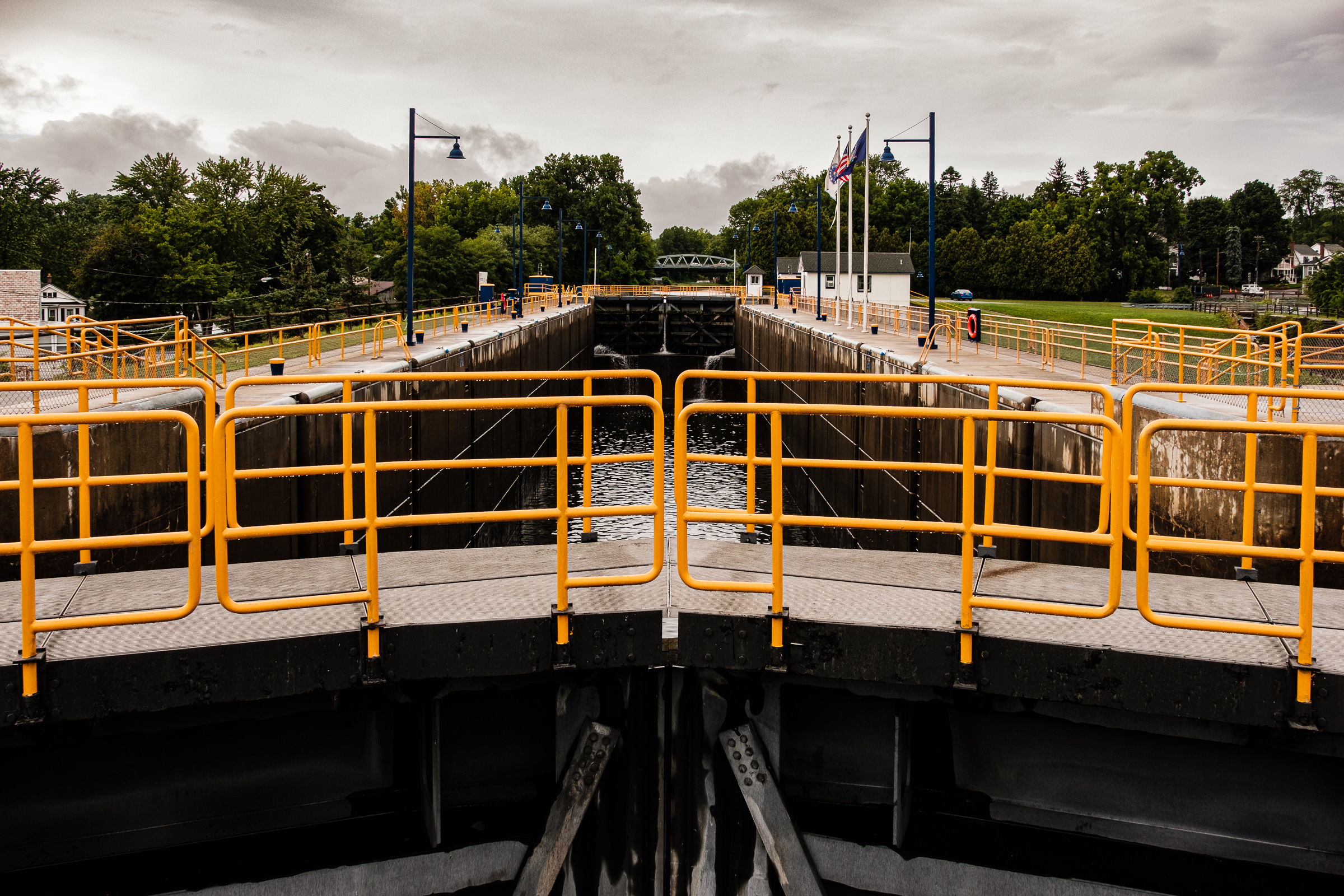
On the Mohawk Towpath Scenic Byway - Erie Canal Lock 2 at Waterford - entry into the Erie Barge Canal from the Hudson River and the first lock in the Waterford Flight of Locks. Aug. 2018.
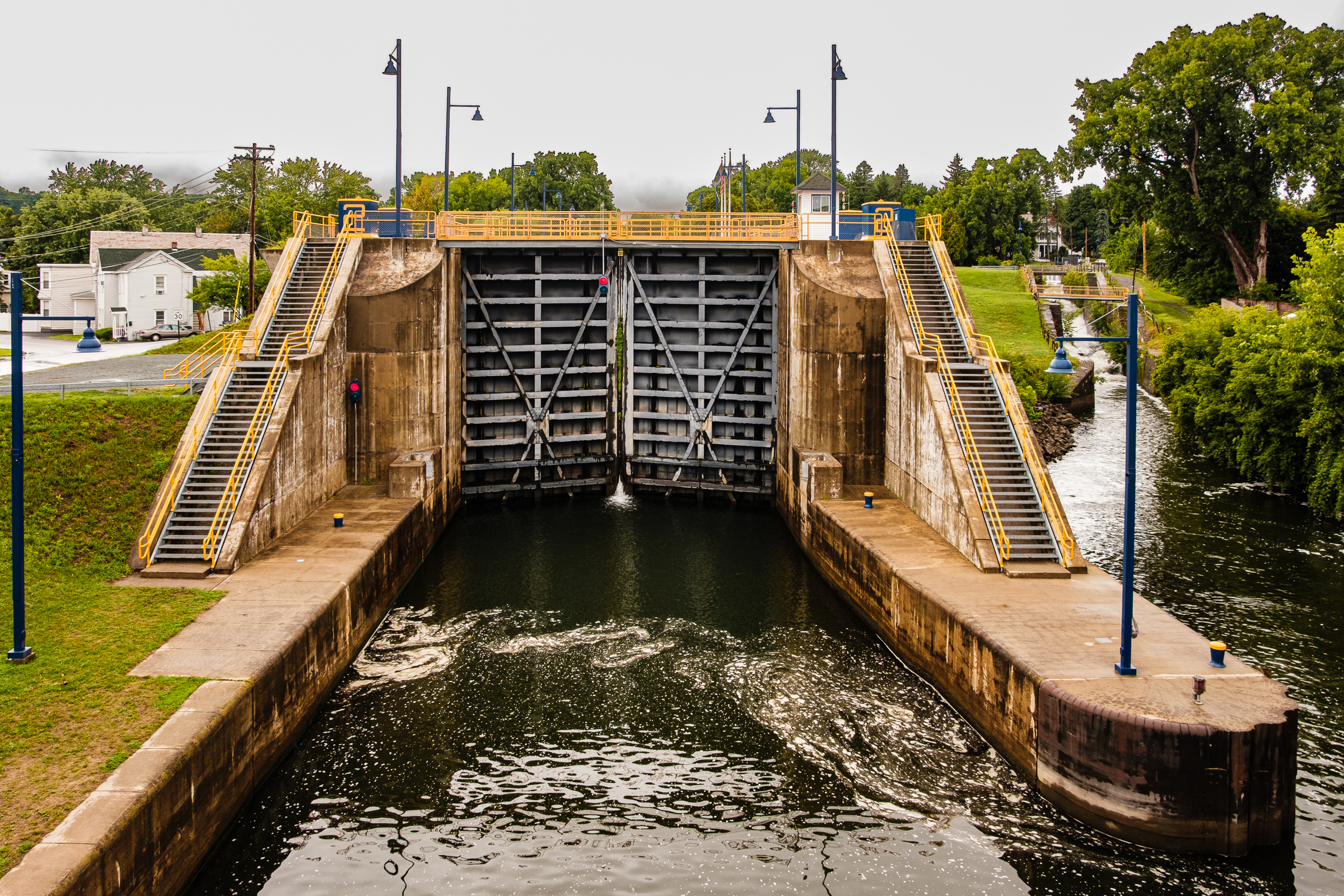
On the Mohawk Towpath Scenic Byway - Erie Canal Lock 2 at Waterford - entry into the Erie Barge Canal from the Hudson River and the first lock in the Waterford Flight of Locks. Aug. 2018.
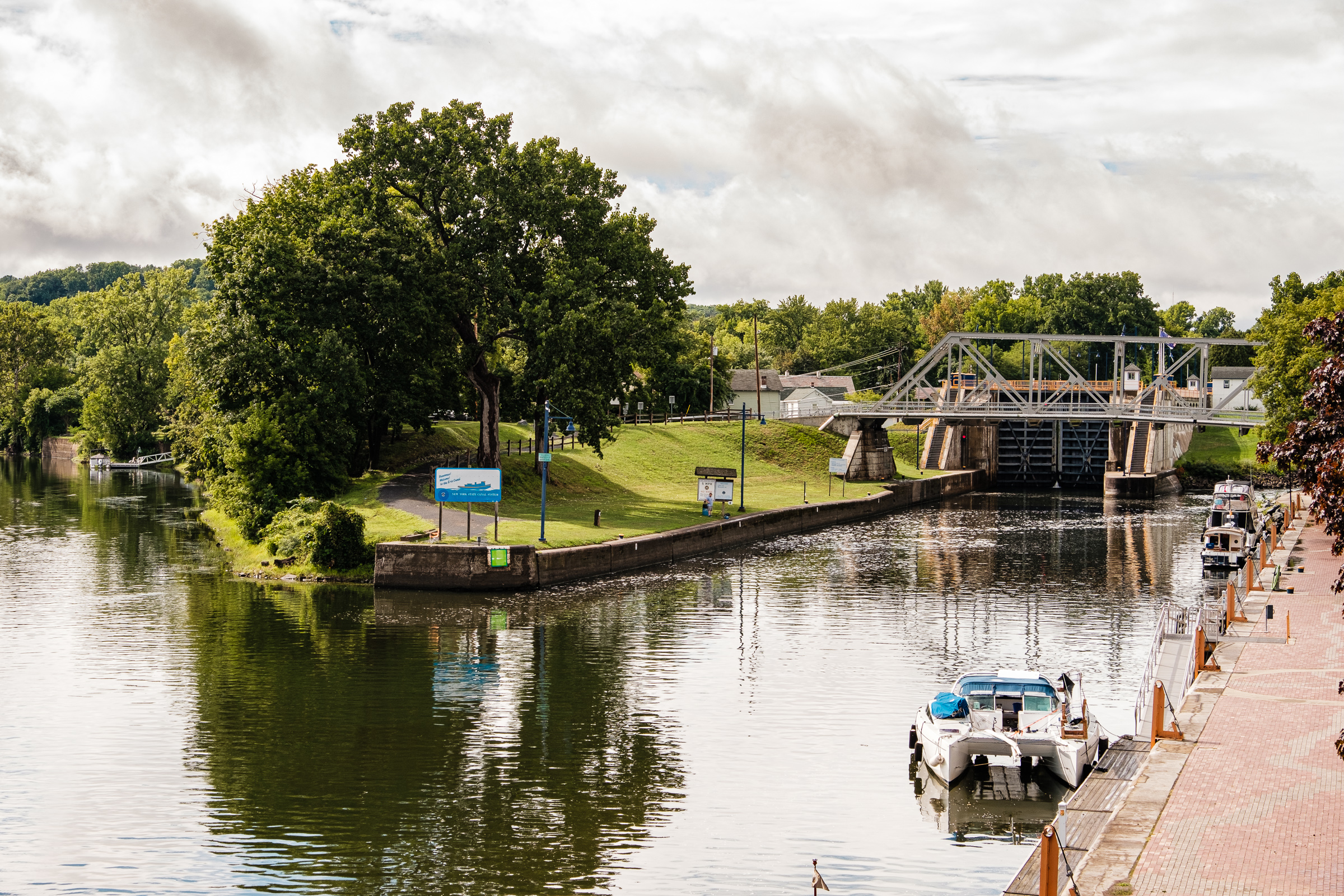
On the Mohawk Towpath Scenic Byway - Erie Barge Canal Lock 2 at Waterford: entry into the Erie Canal from the Hudson River and the first lock in the Waterford Flight of Locks. Aug. 2018.
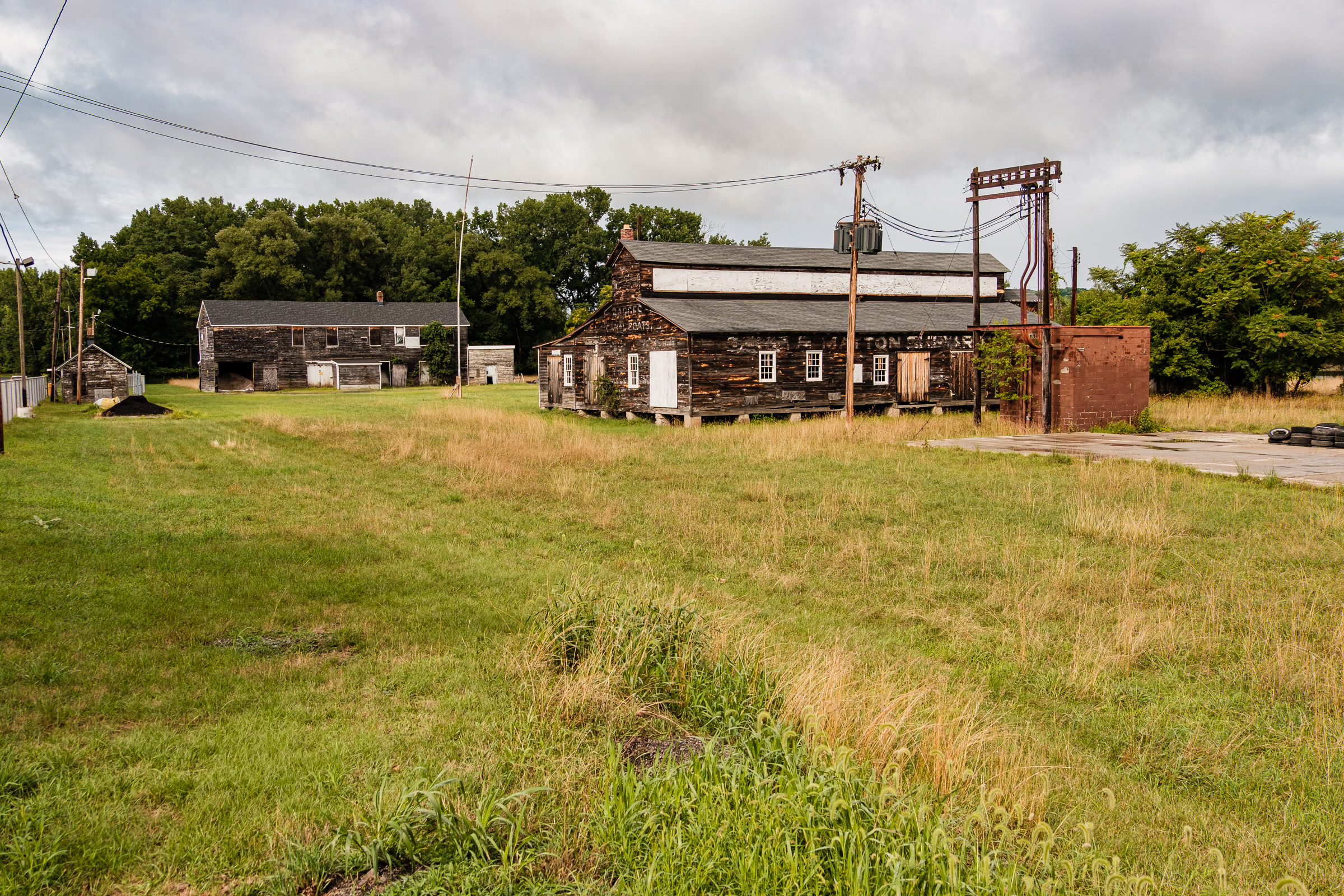
On the Mohawk Towpath Scenic Byway - abandoned Matton shipyard at Van Schaick Island, Cohoes, NY. Aug. 2018.
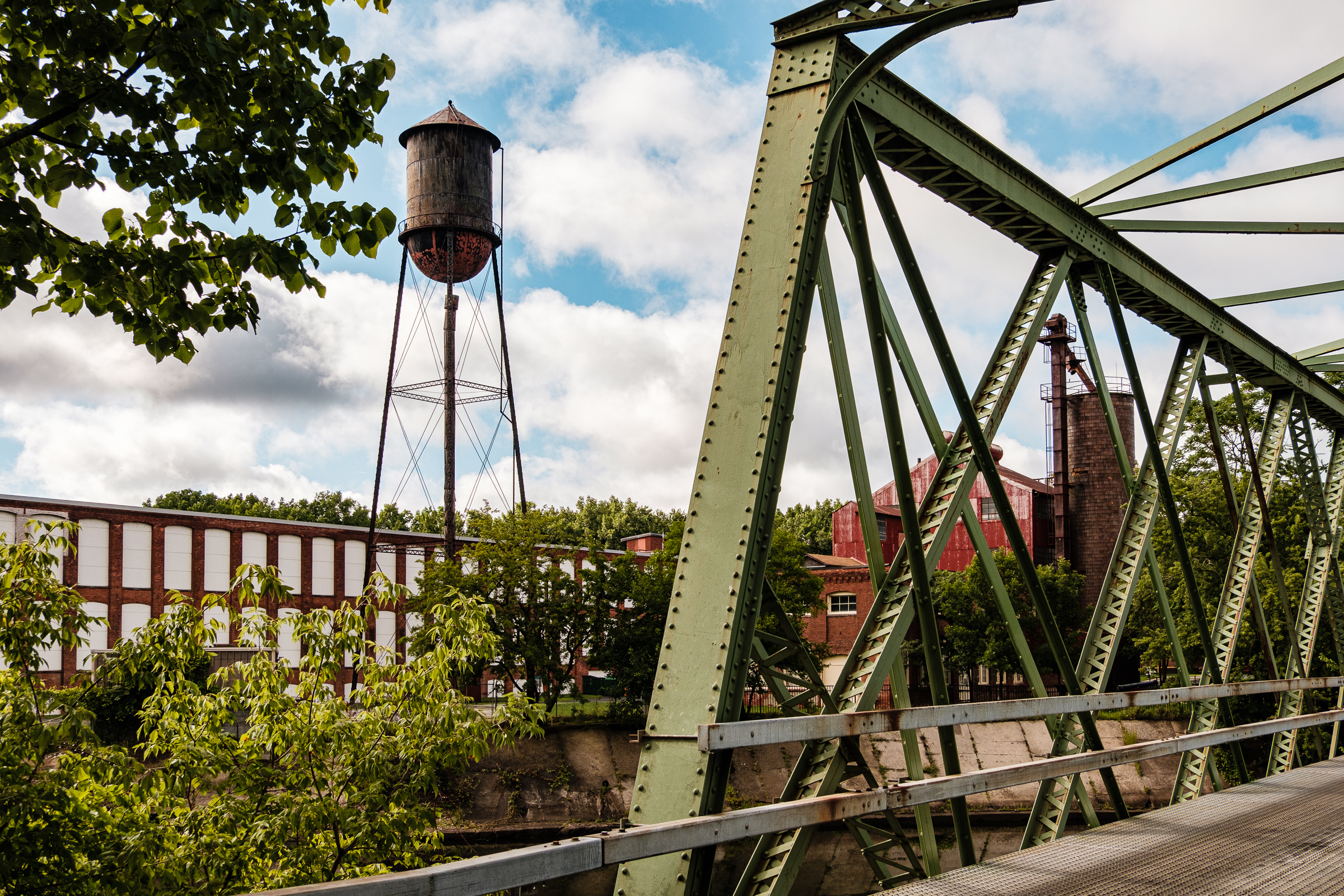
On the Mohawk Towpath Scenic Byway - Cluett, Peabody & Co. buildings (from Peebles Island Bridge), Peebles Island, Waterford, NY. Aug. 2018.
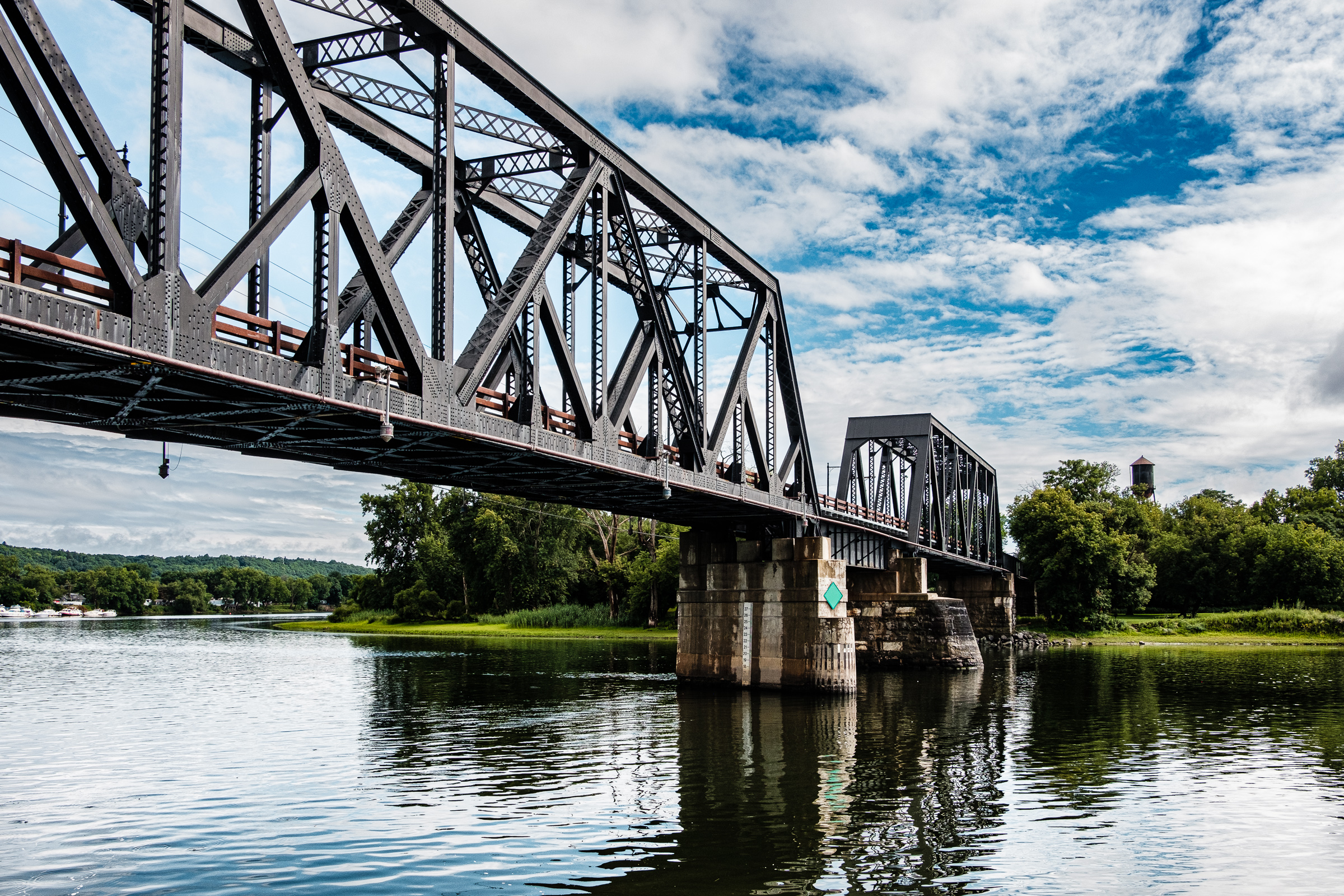
On the Mohawk Towpath Scenic Byway - truss bridge (1913) over Canal Wharf to Peebles Island at 2nd street, Waterford. Aug. 2018.
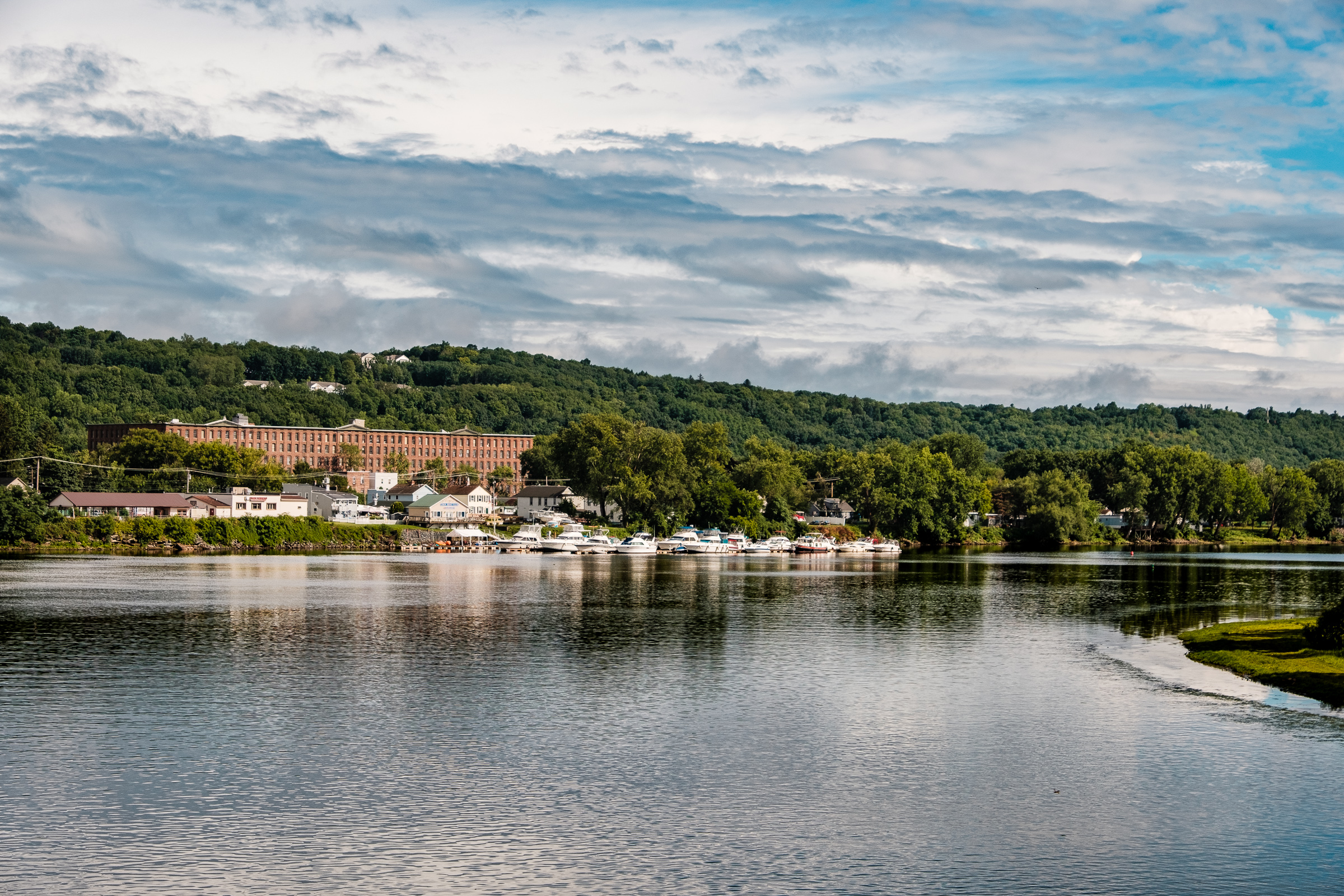
On the Mohawk Towpath Scenic Byway - Waterford Harbor looking toward the Hudson River and Cohoes, NY. Aug. 2018.
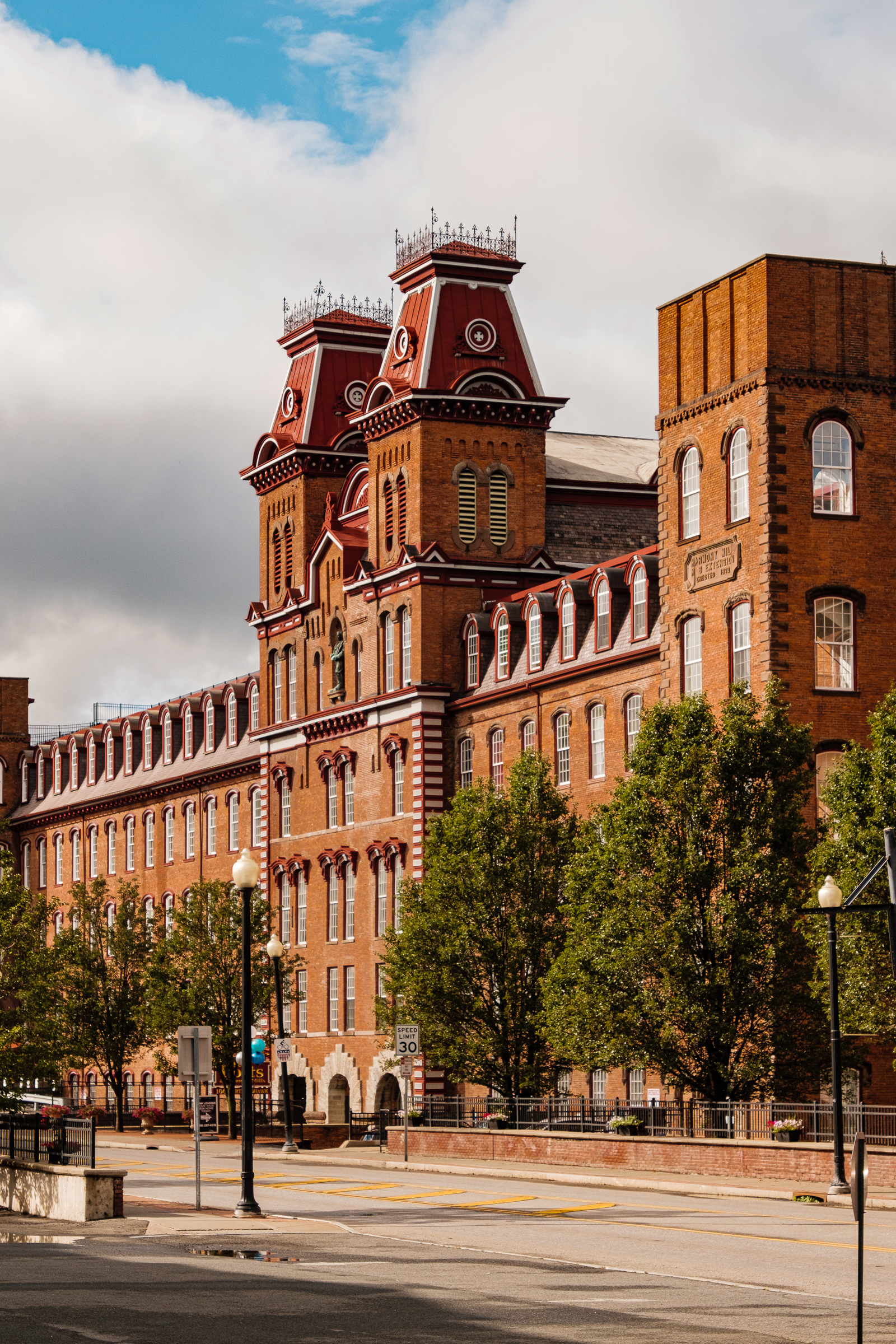
On the Mohawk Towpath Scenic Byway - Harmony Mills (1872) National Historic Landmark District, Cohoes, NY. Aug. 2018.
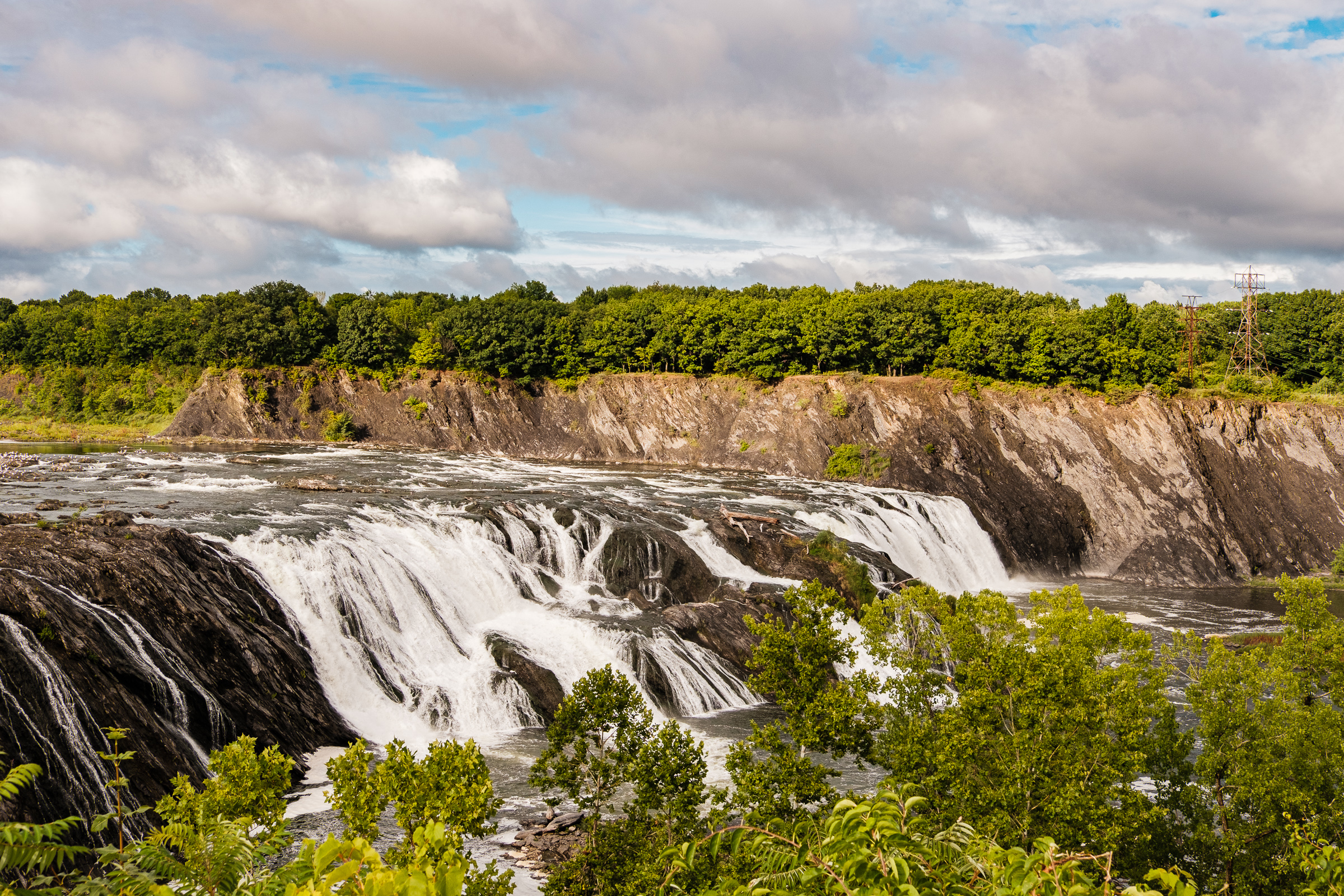
On the Mohawk Towpath Scenic Byway - Cohoes Falls on the Mohawk River from Falls View Park, Cohoes, NY. Aug. 2018.


